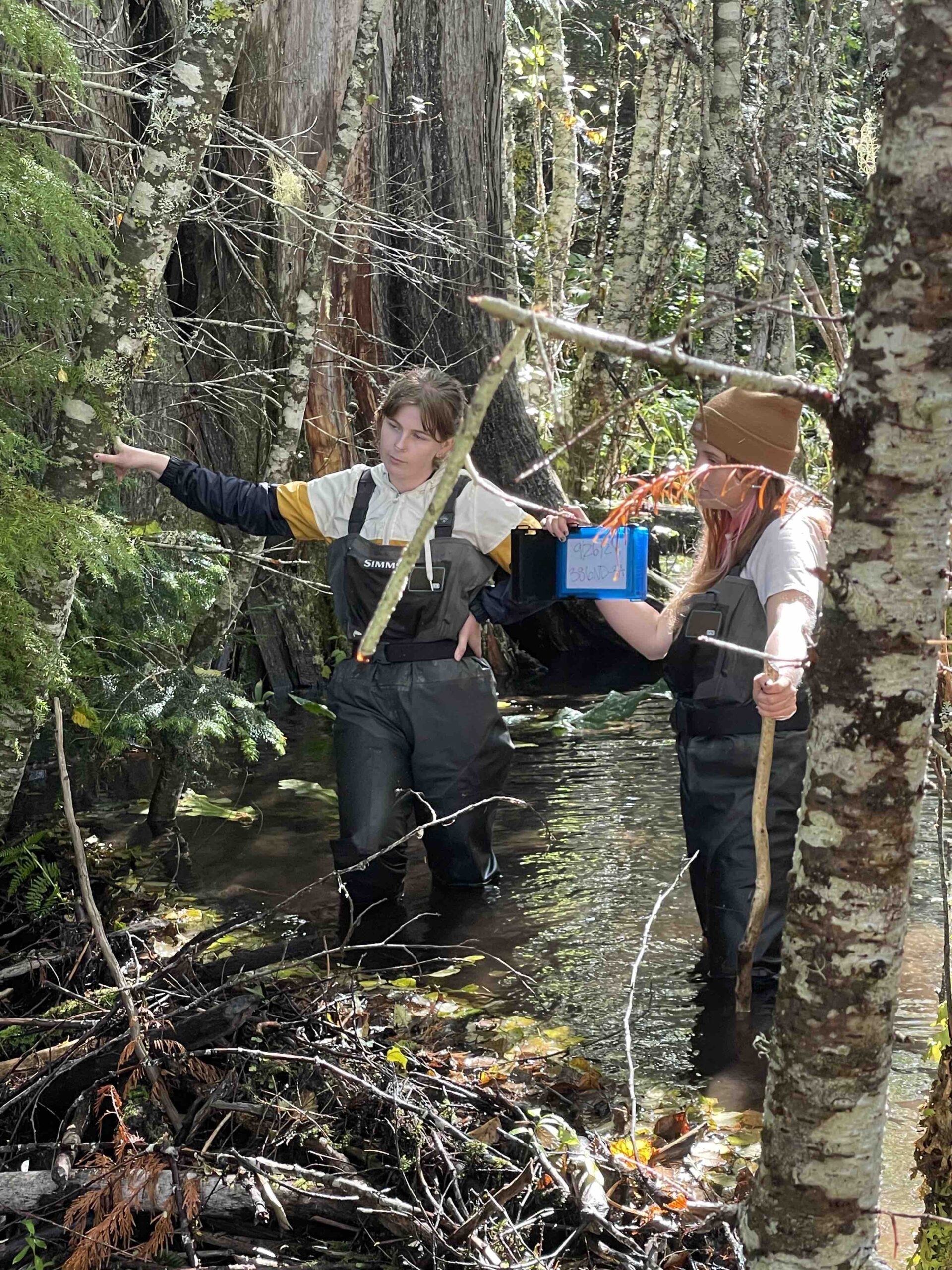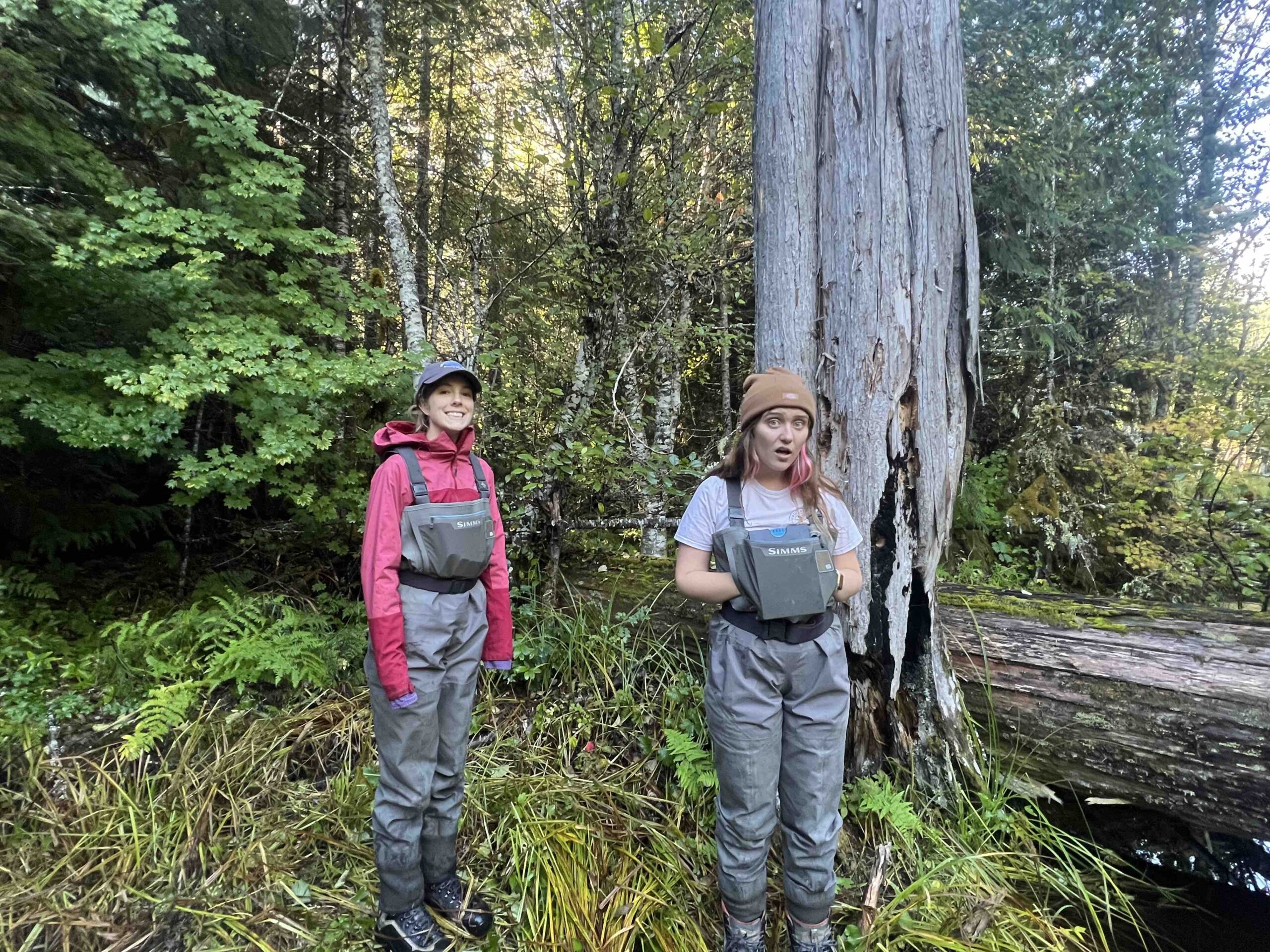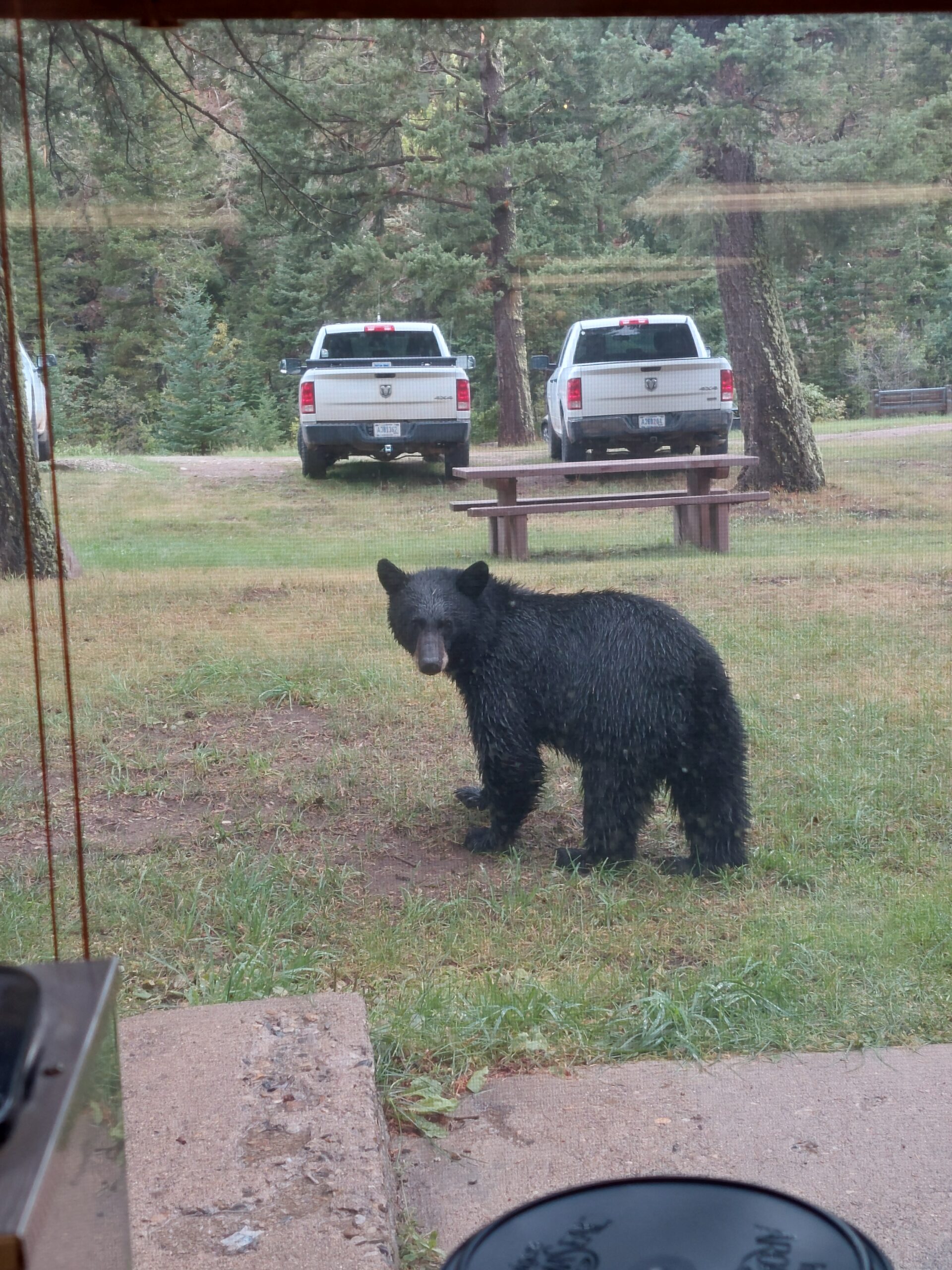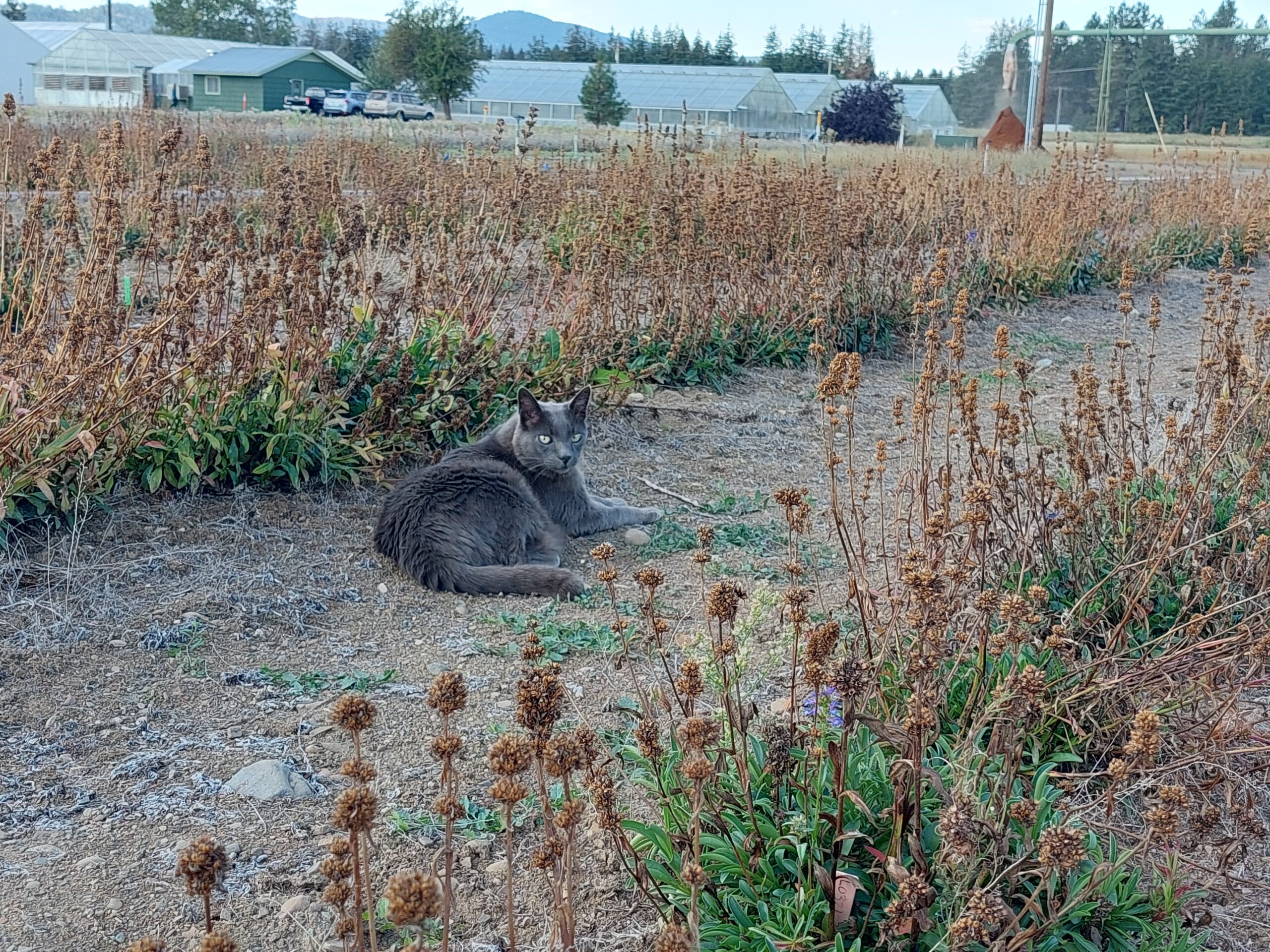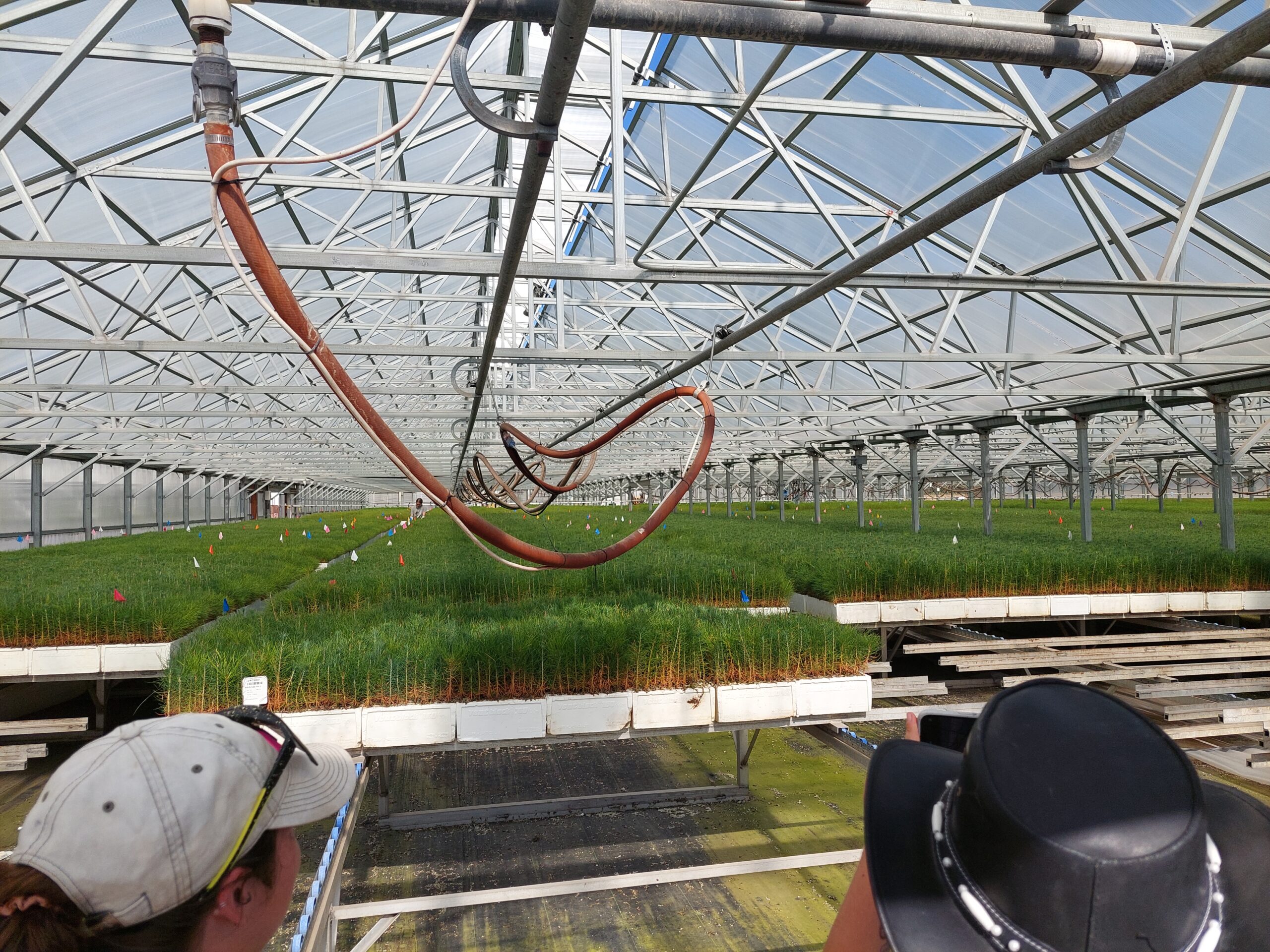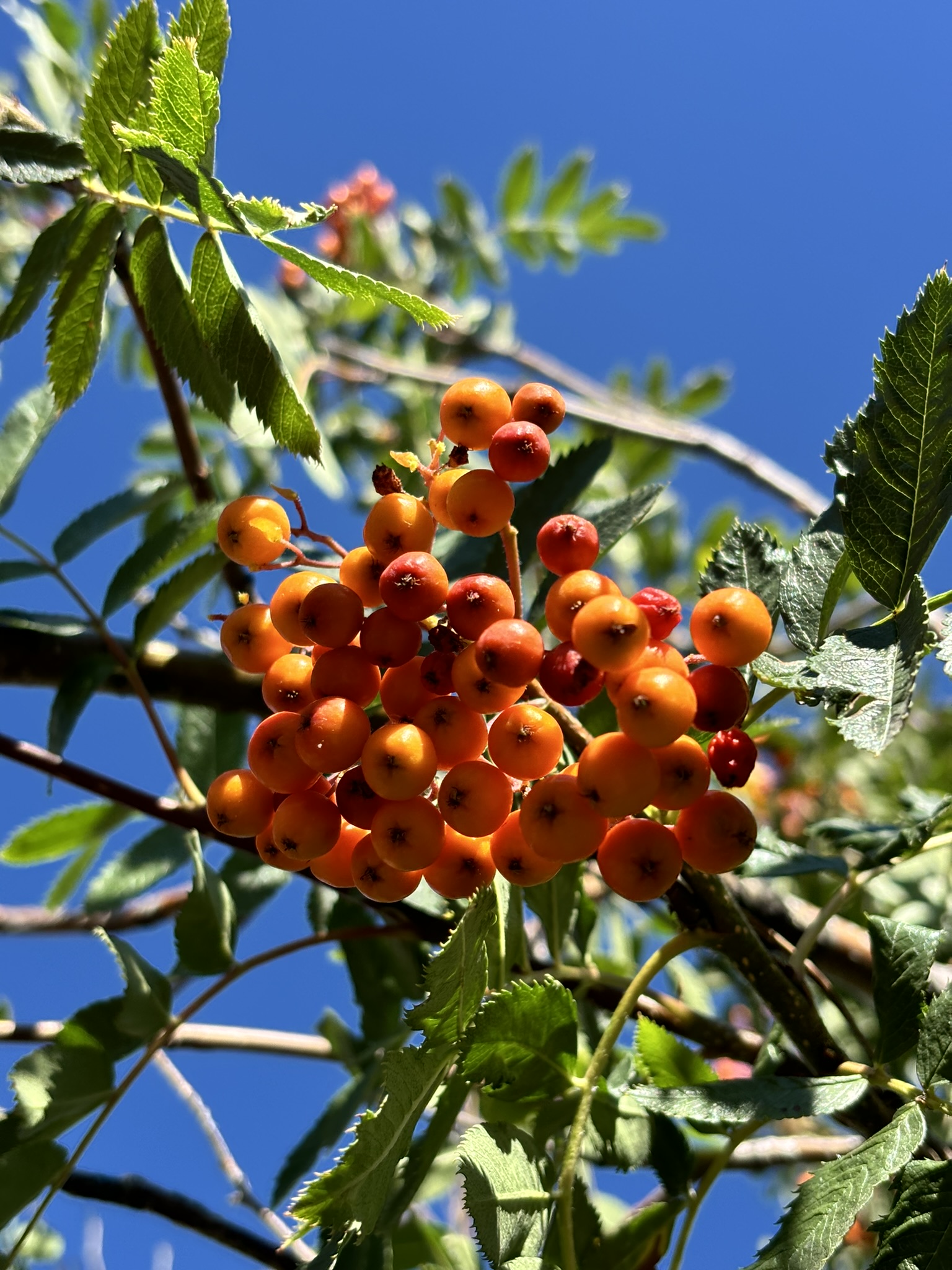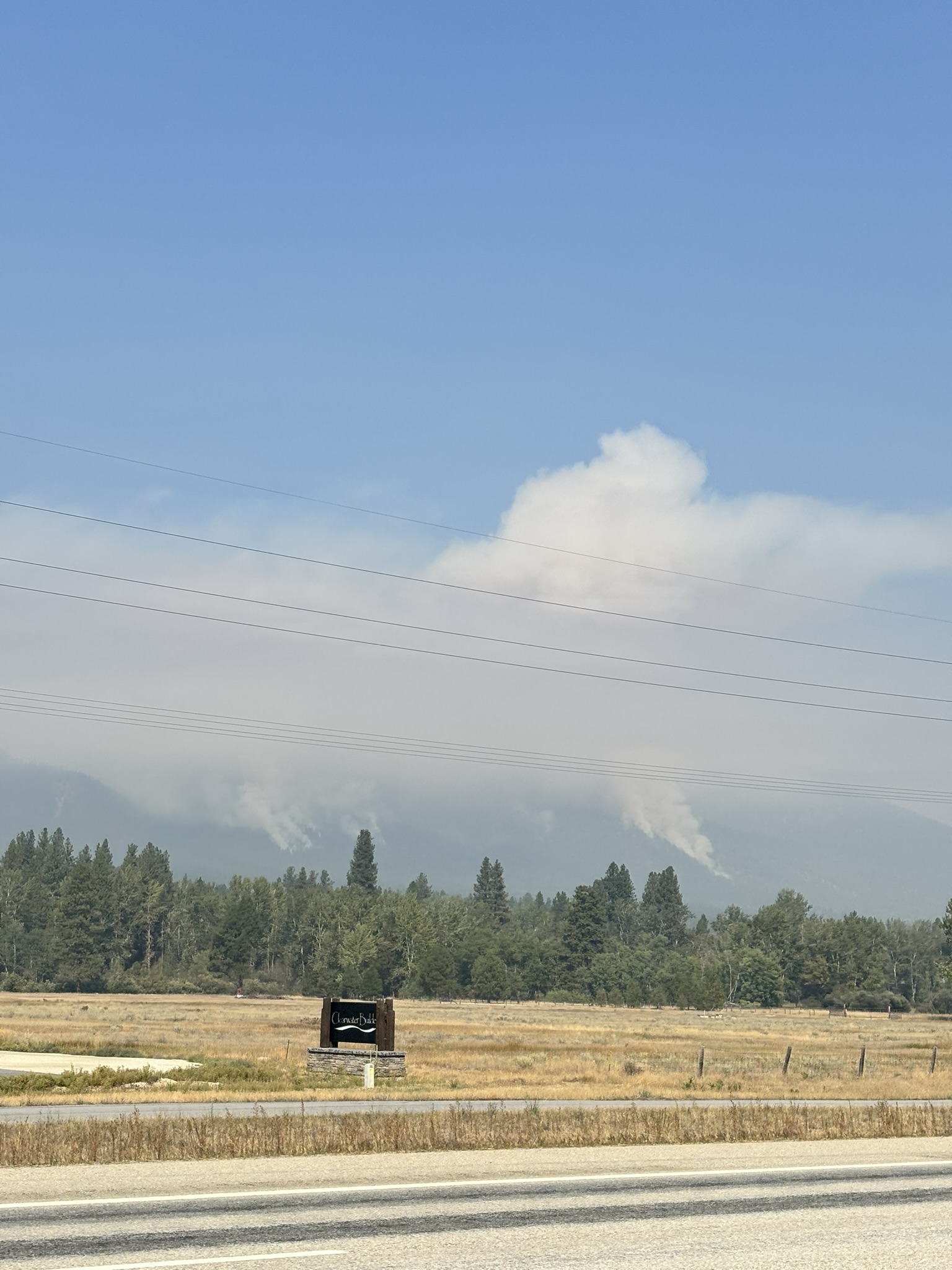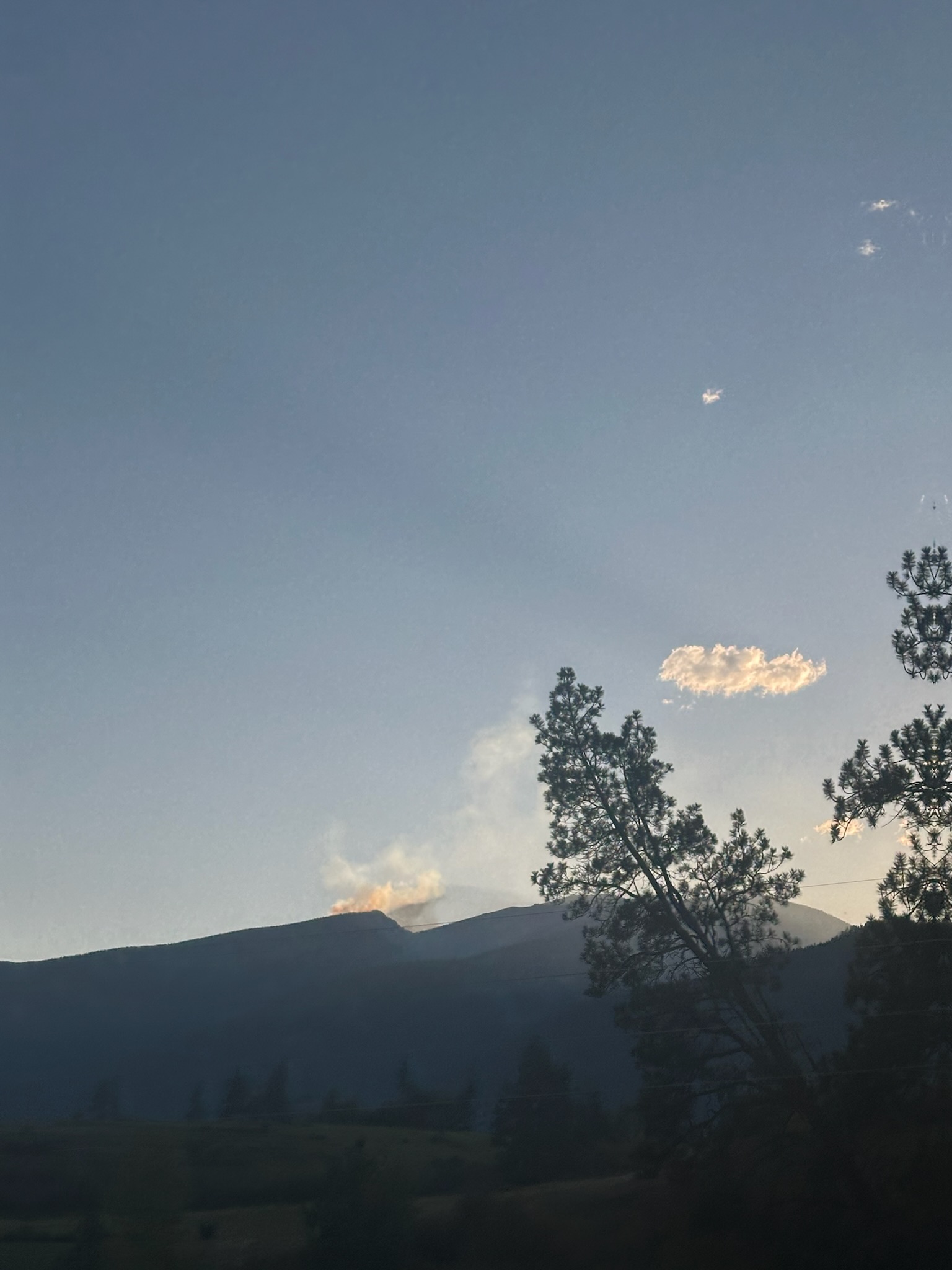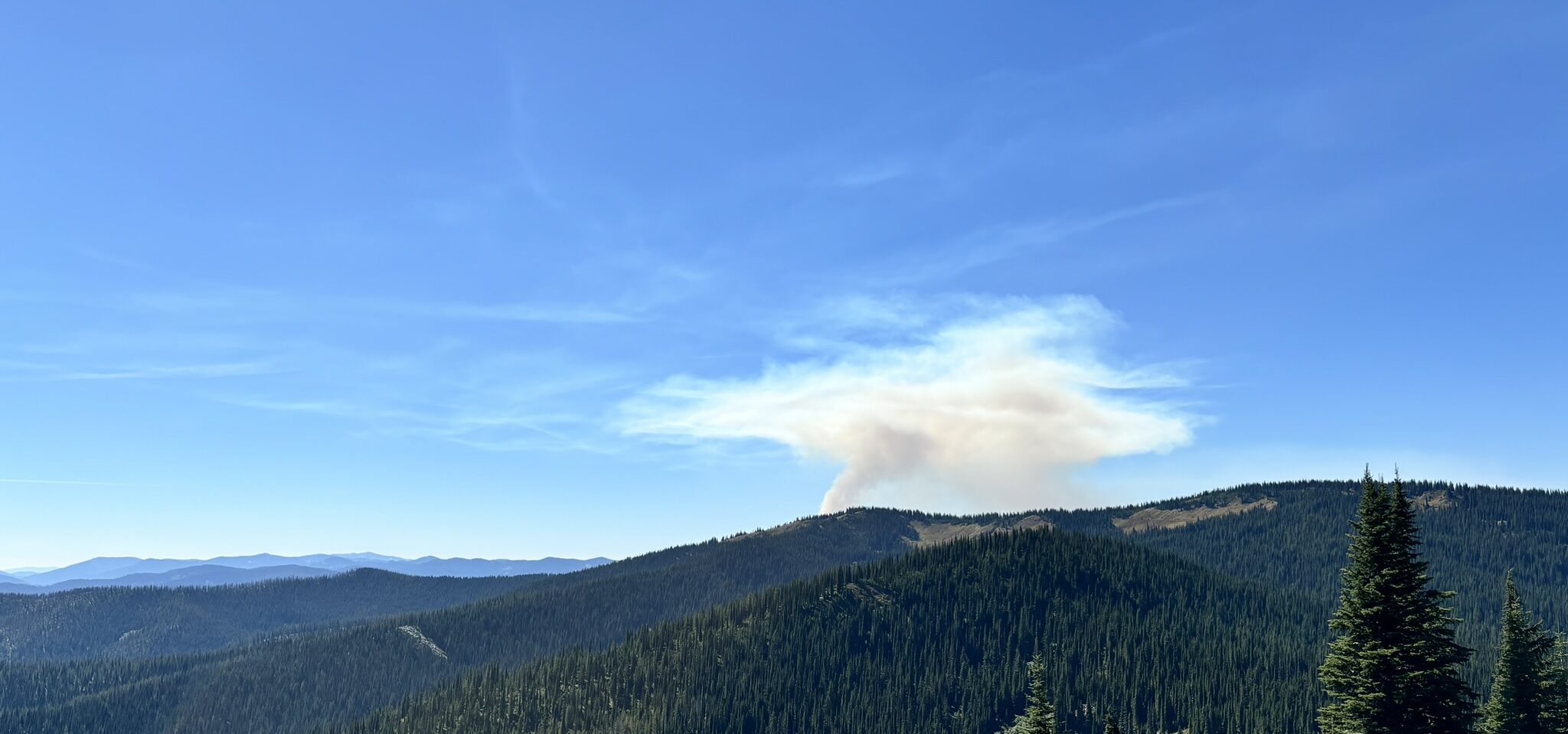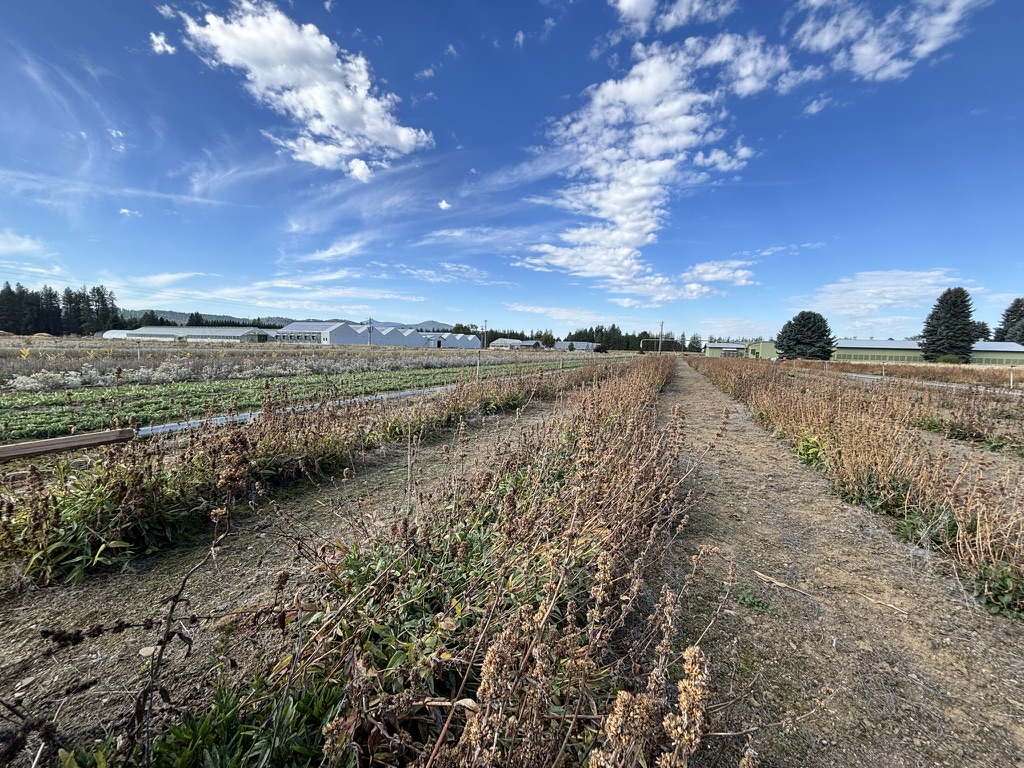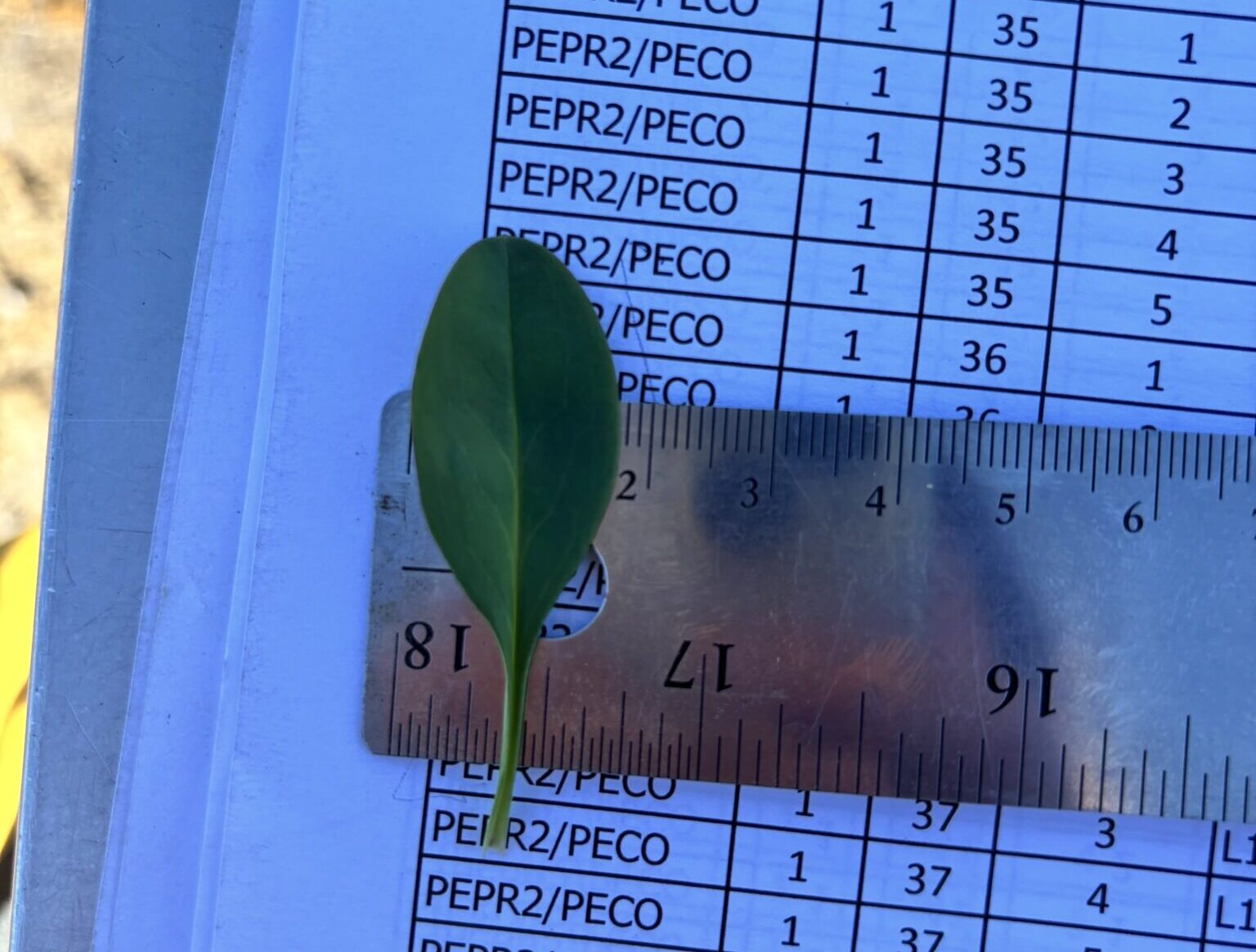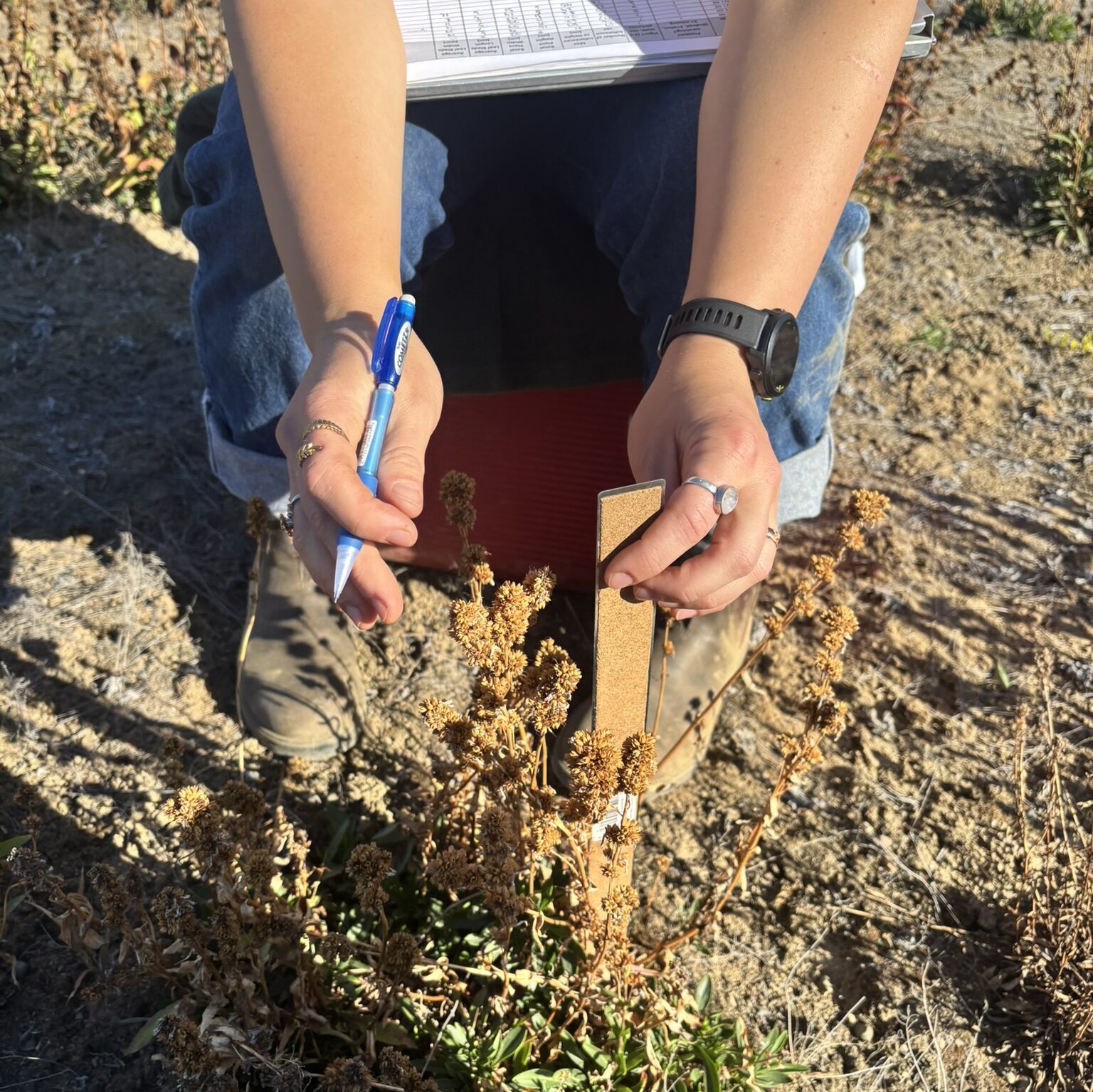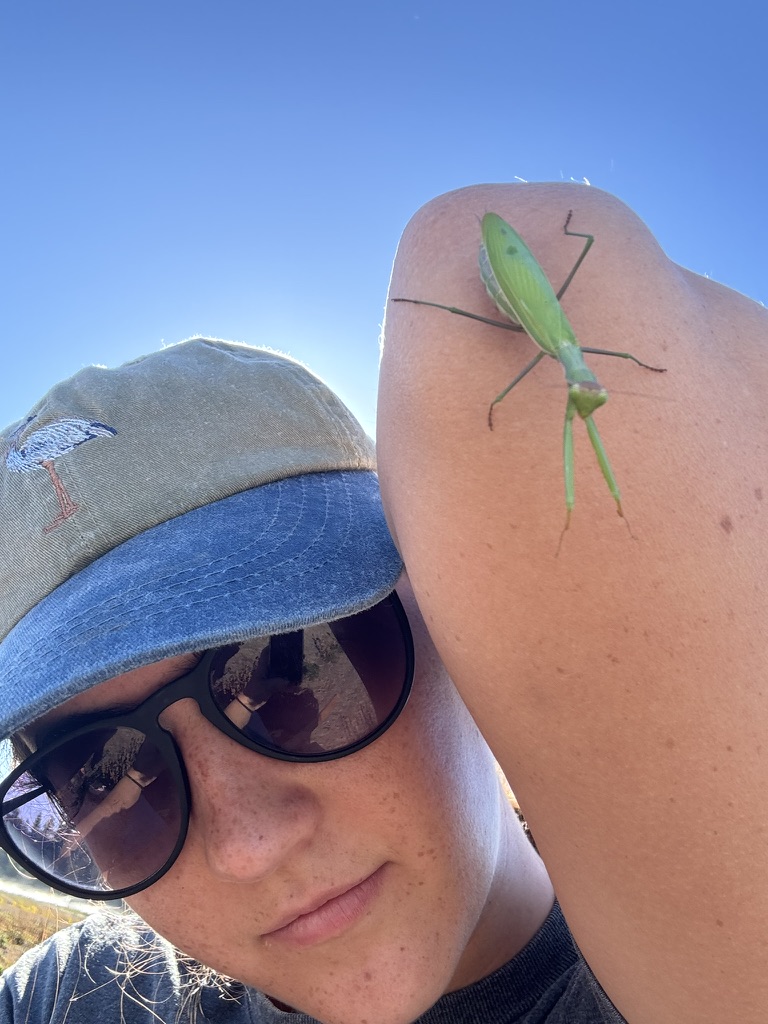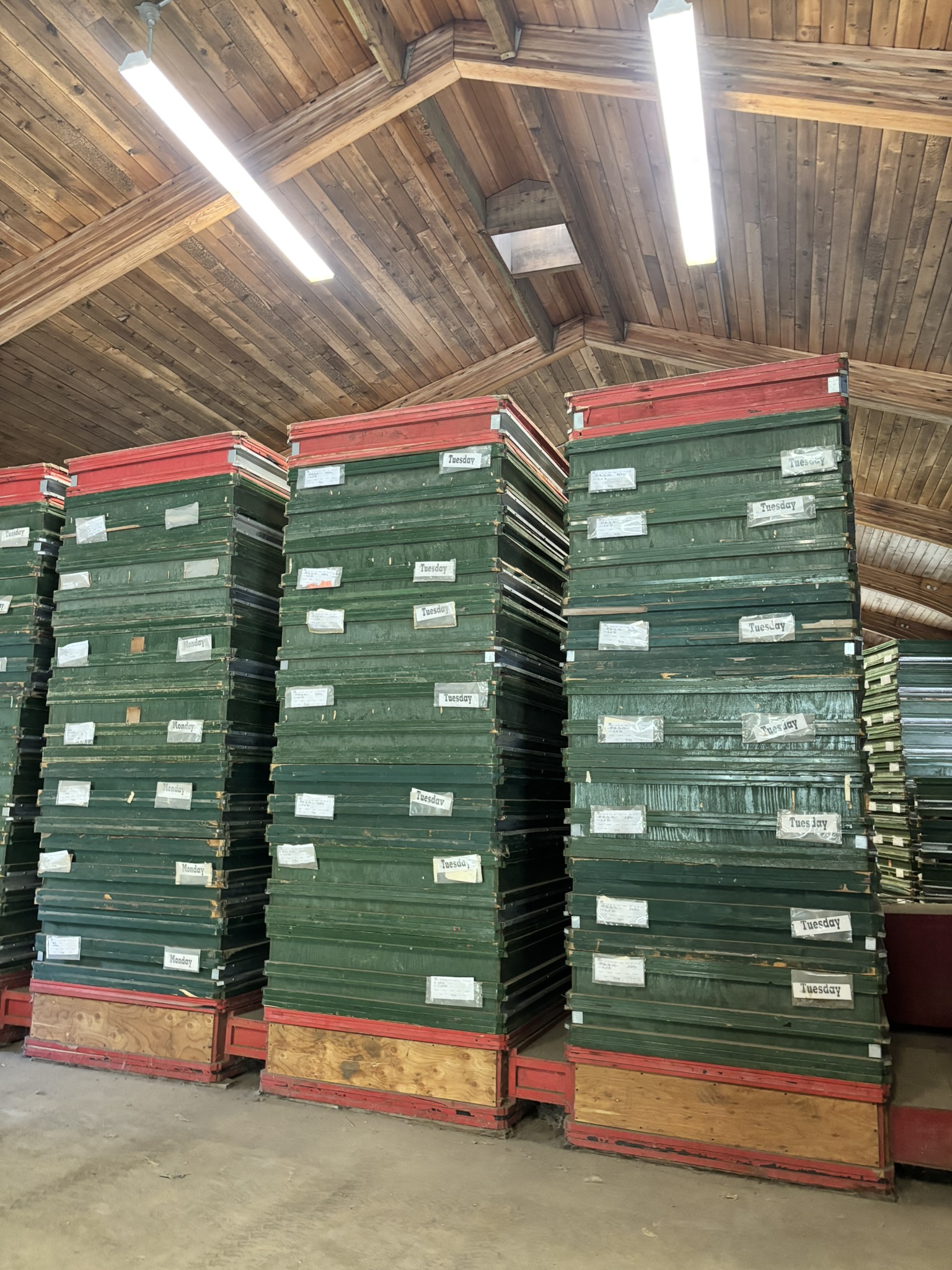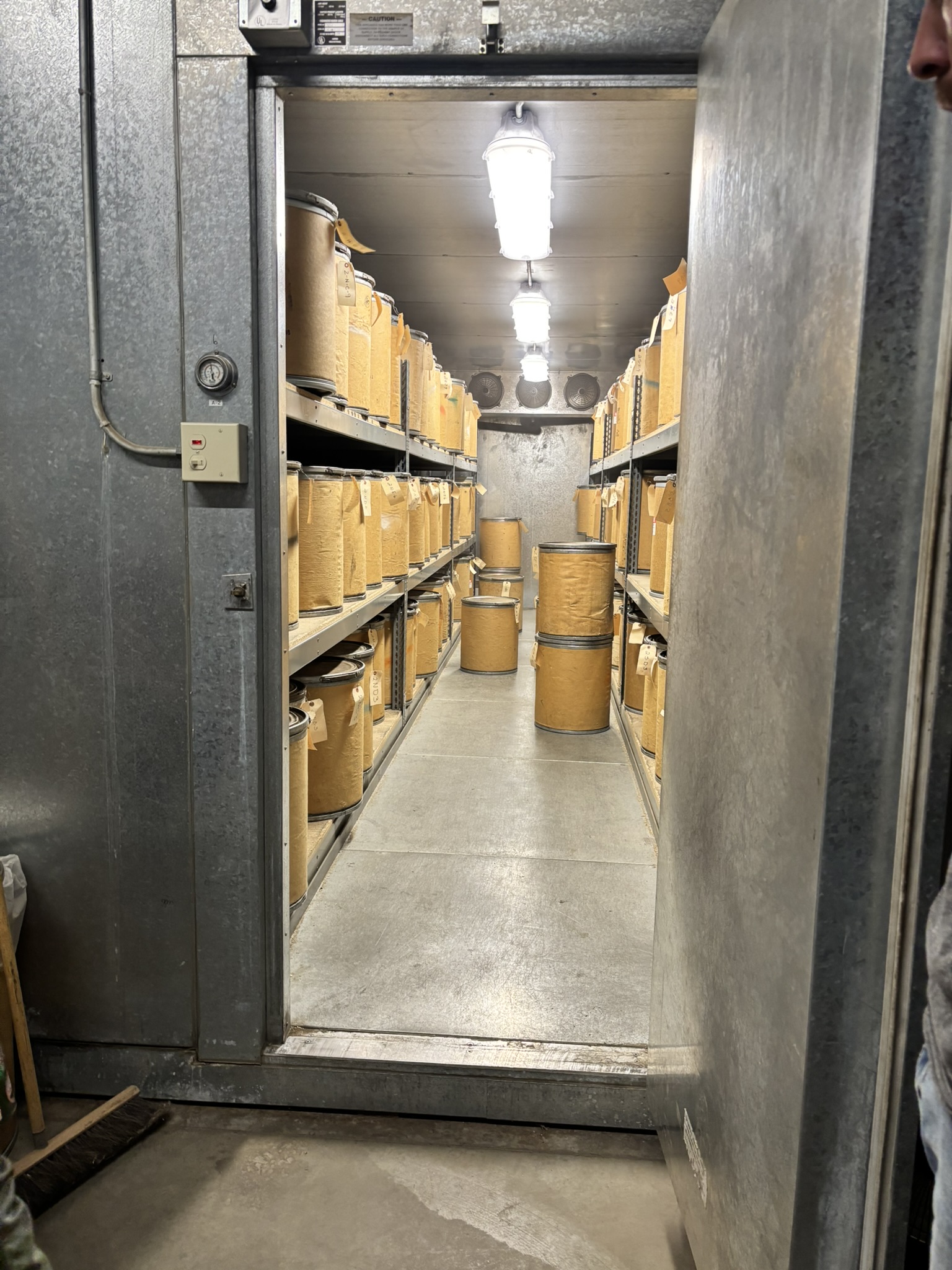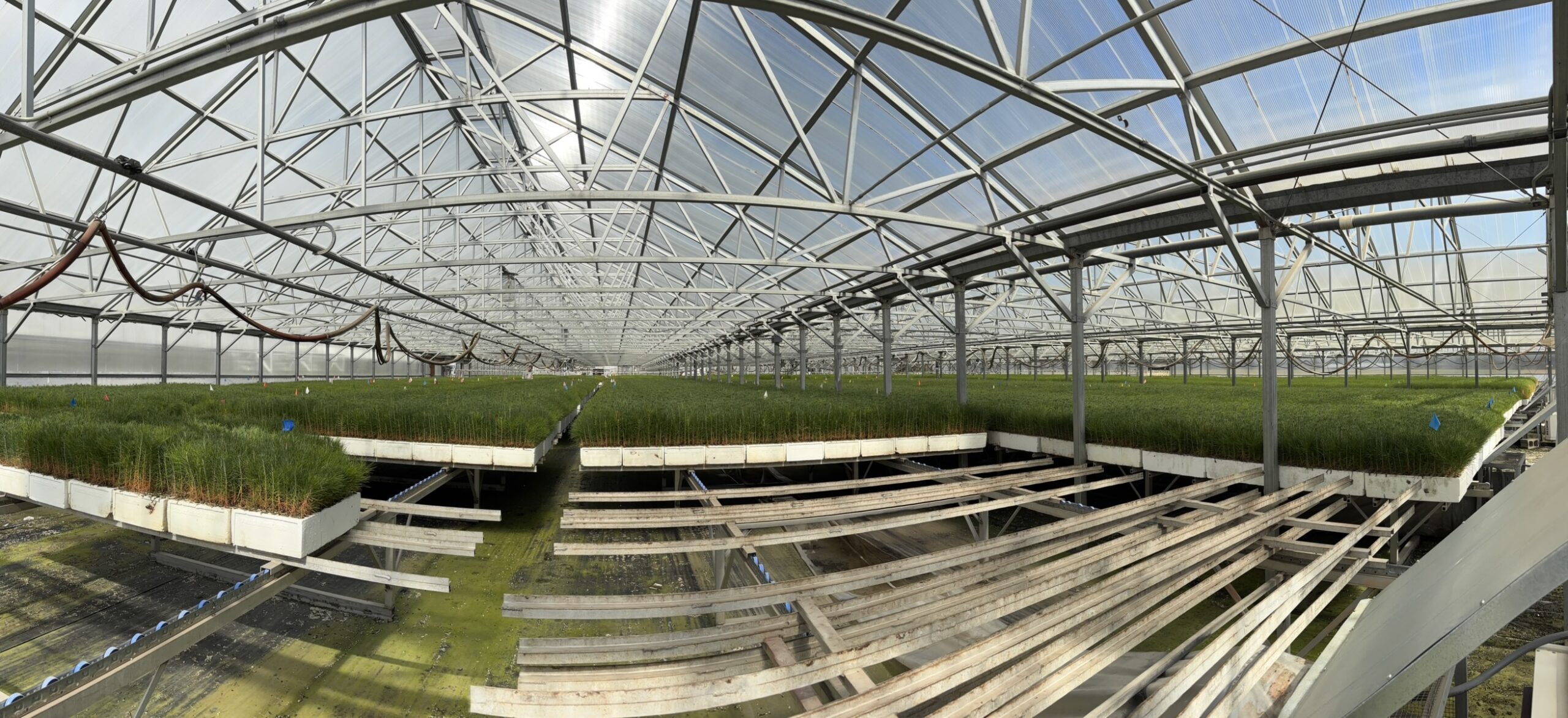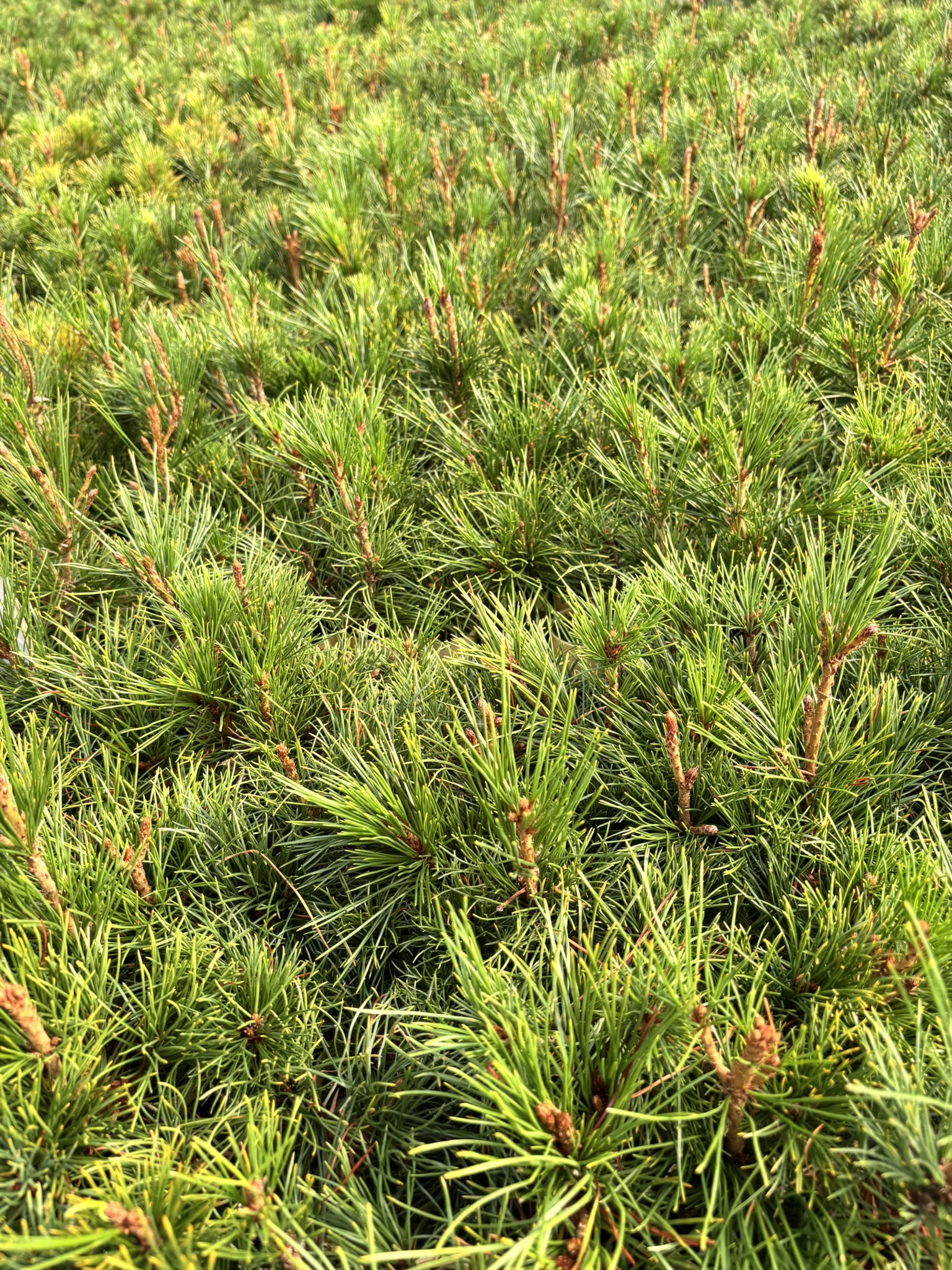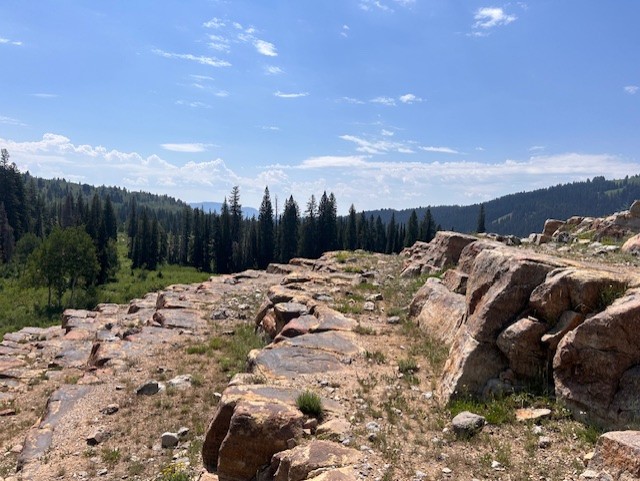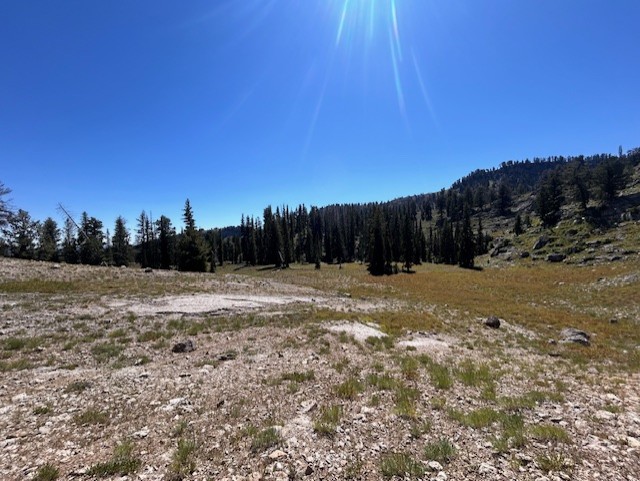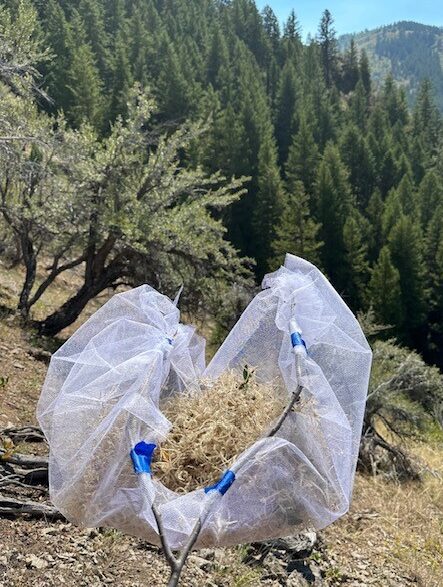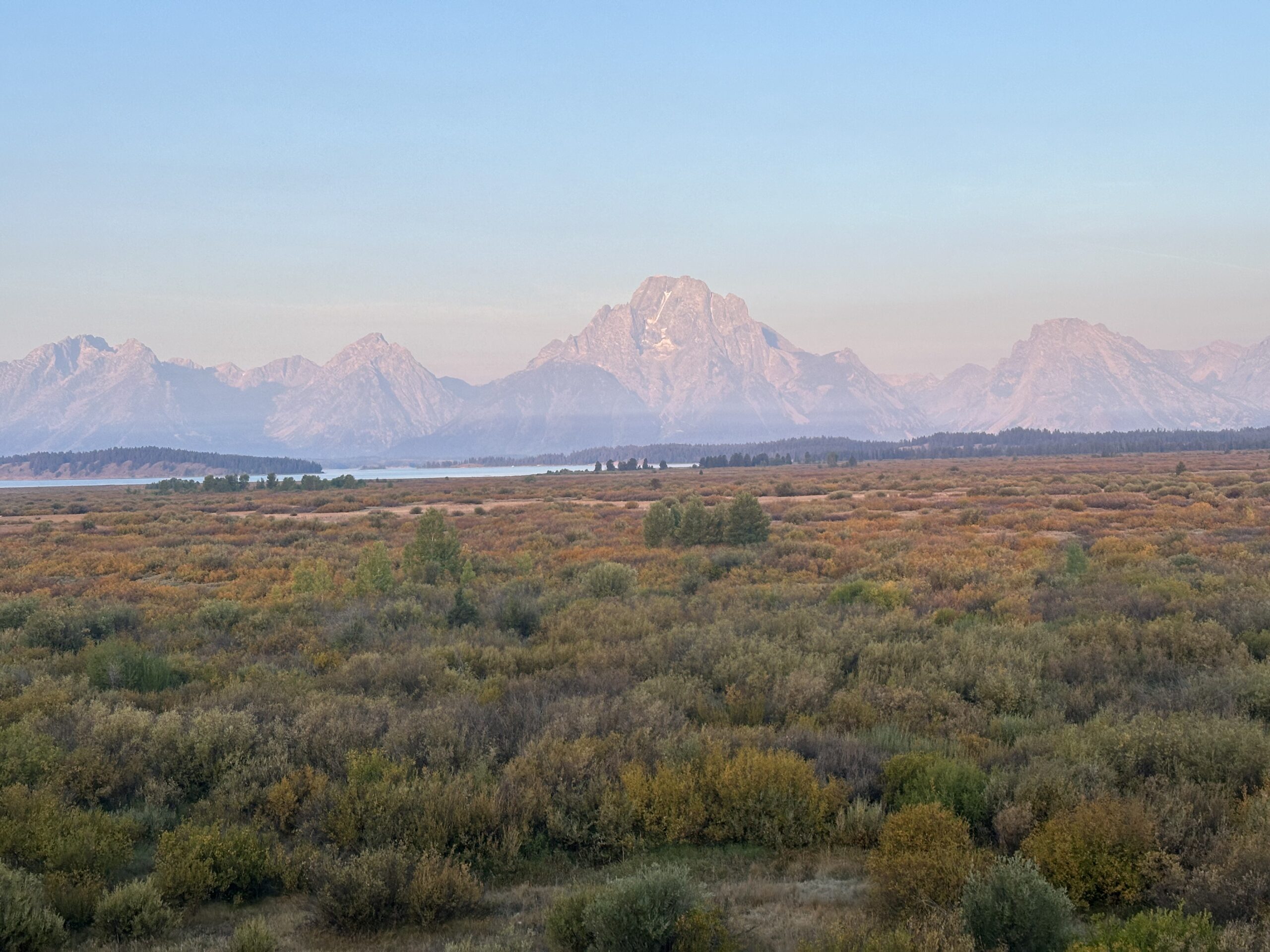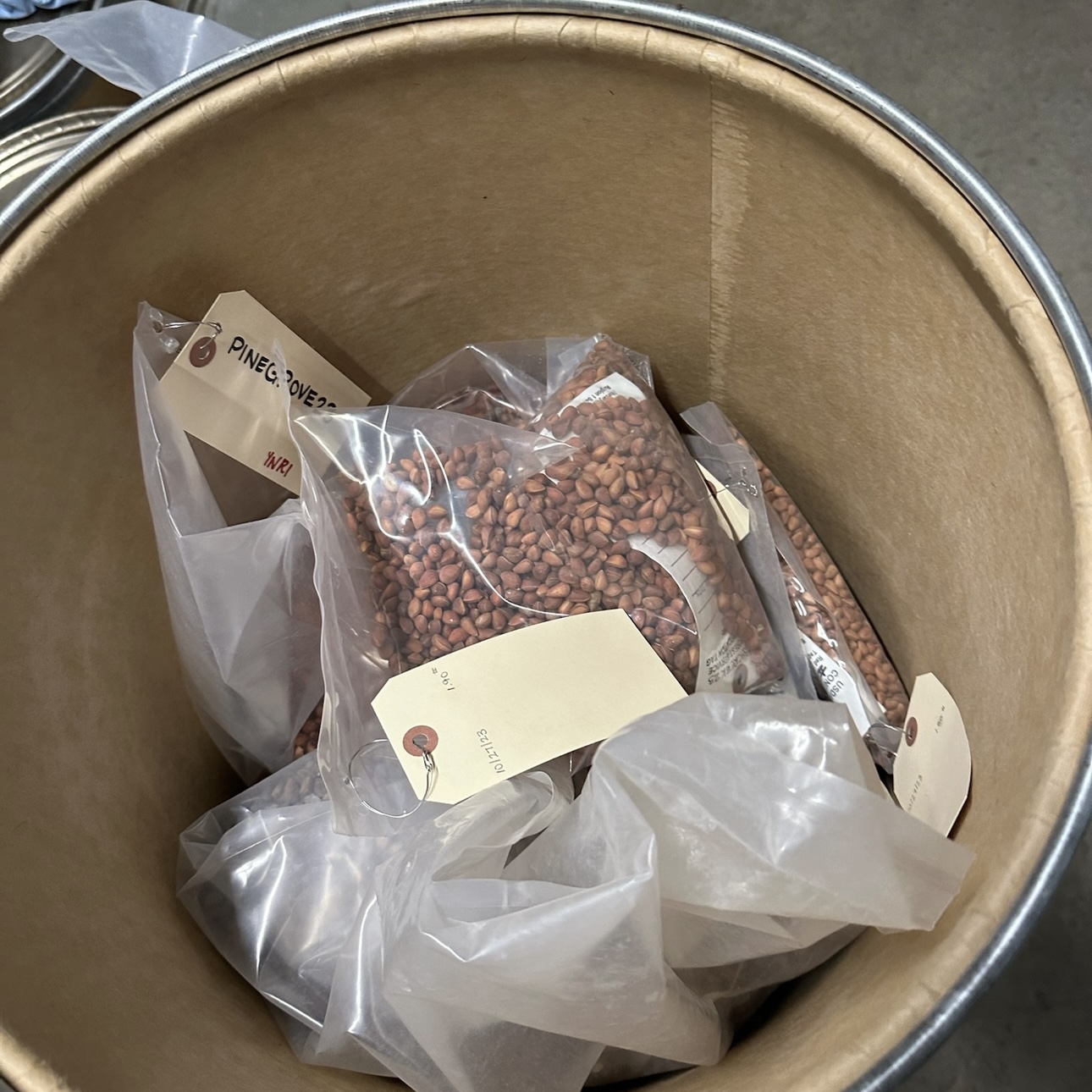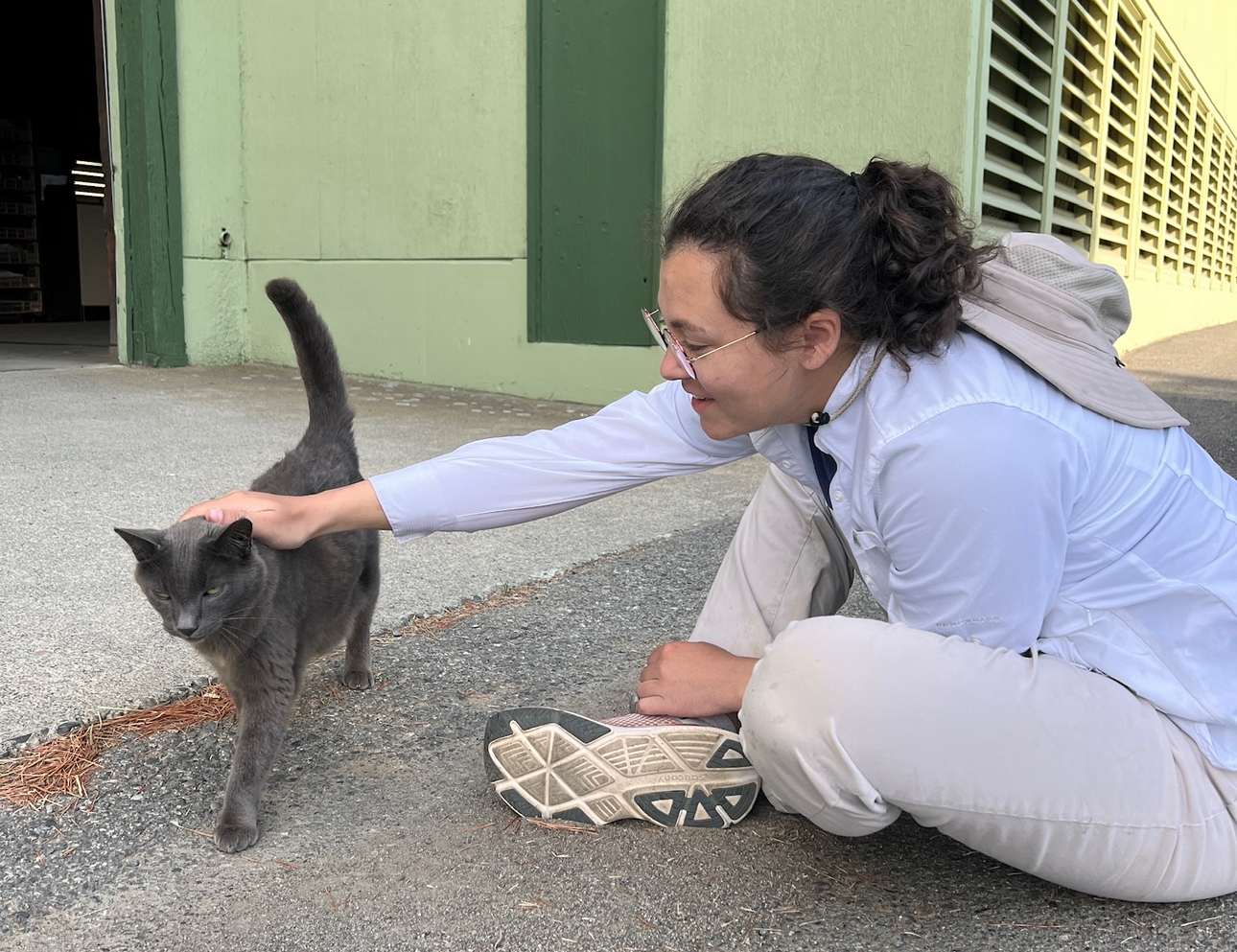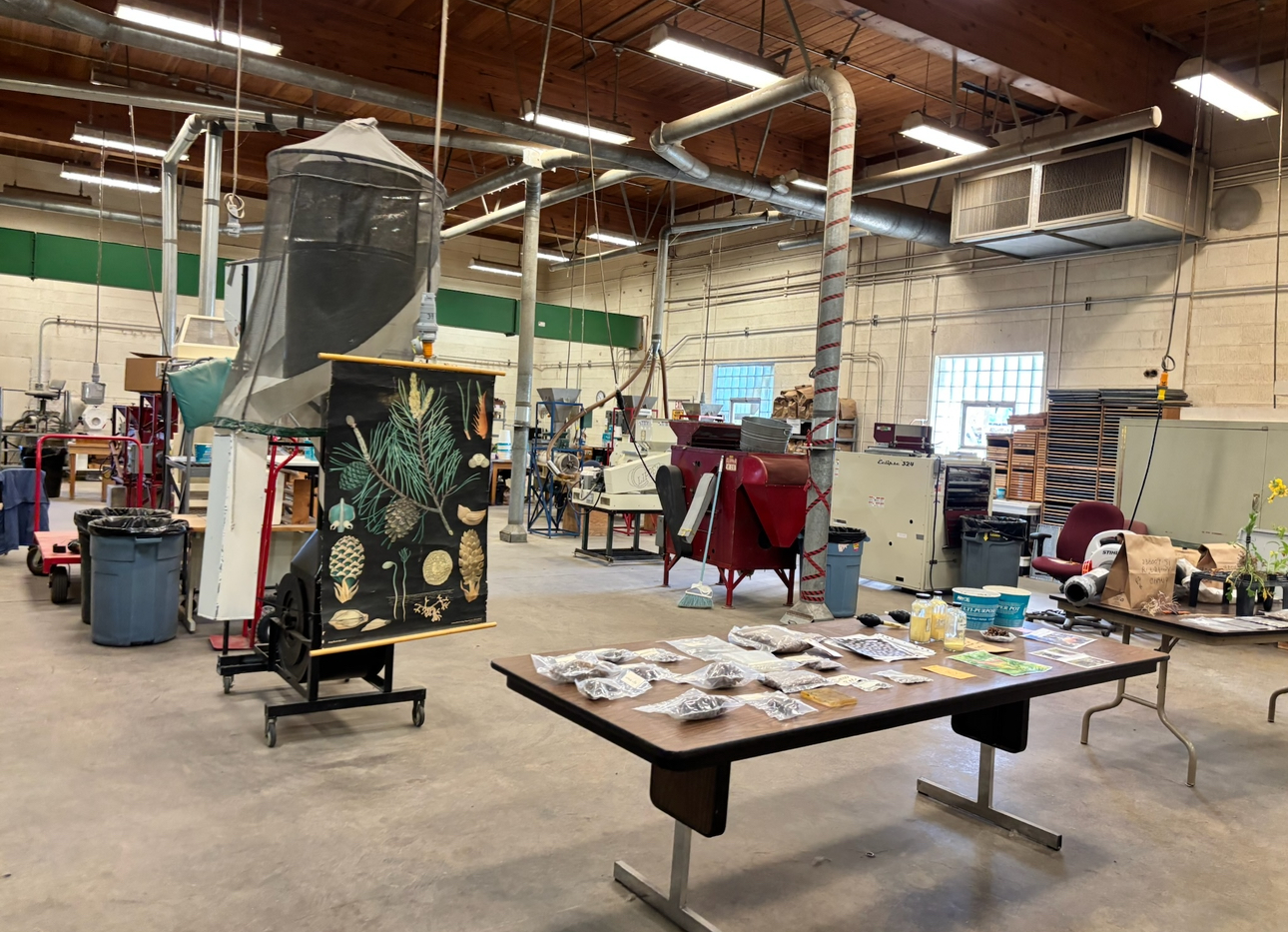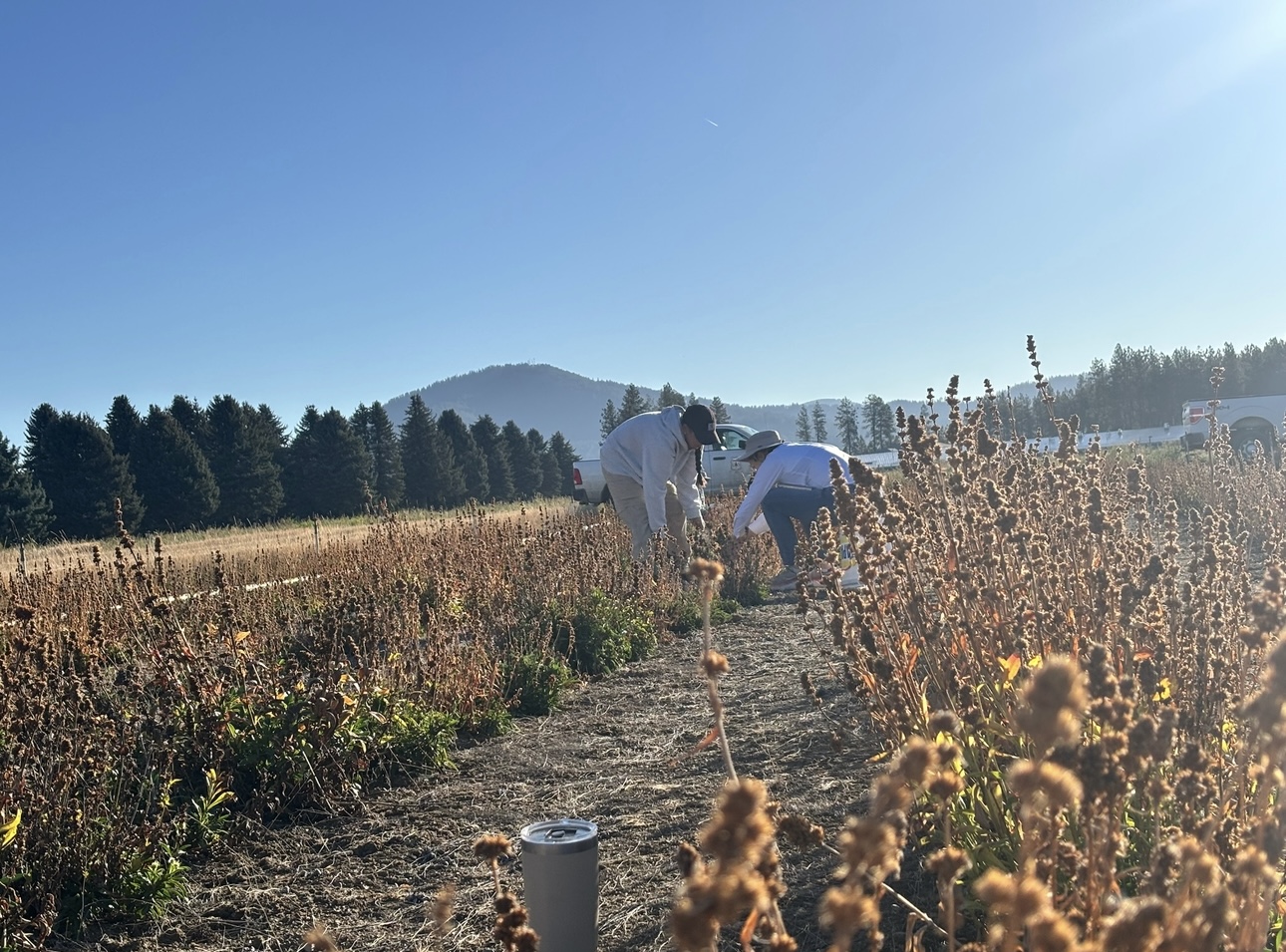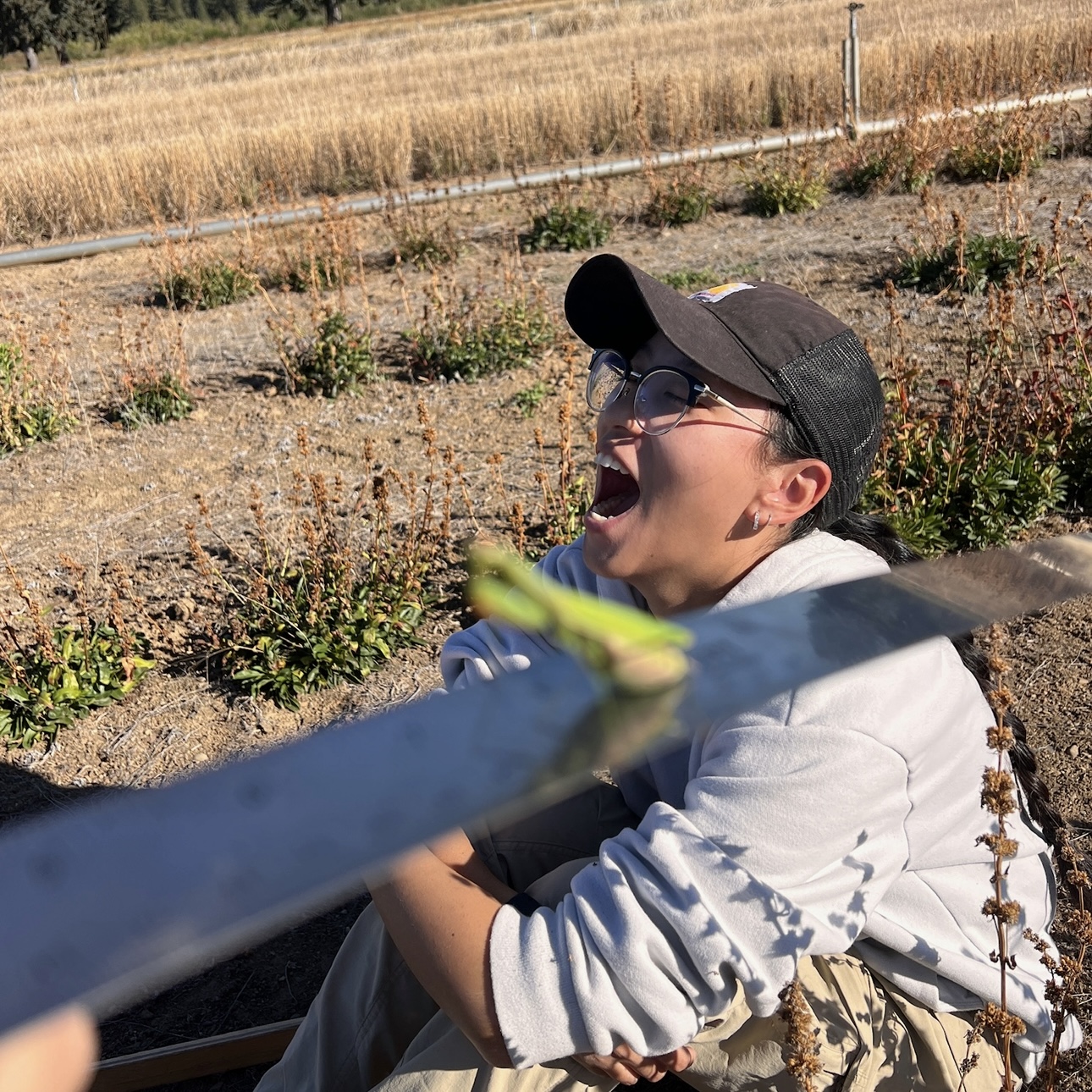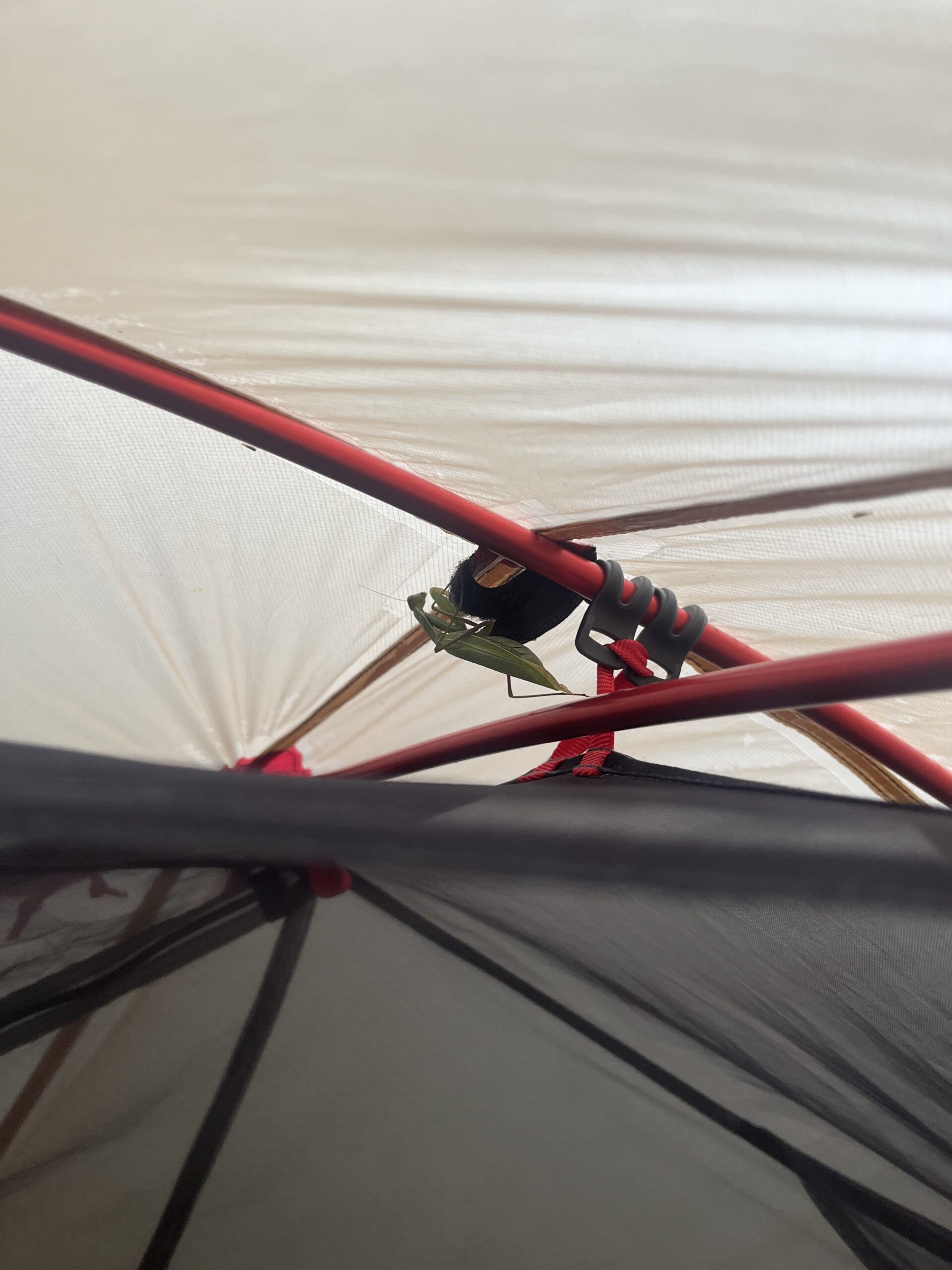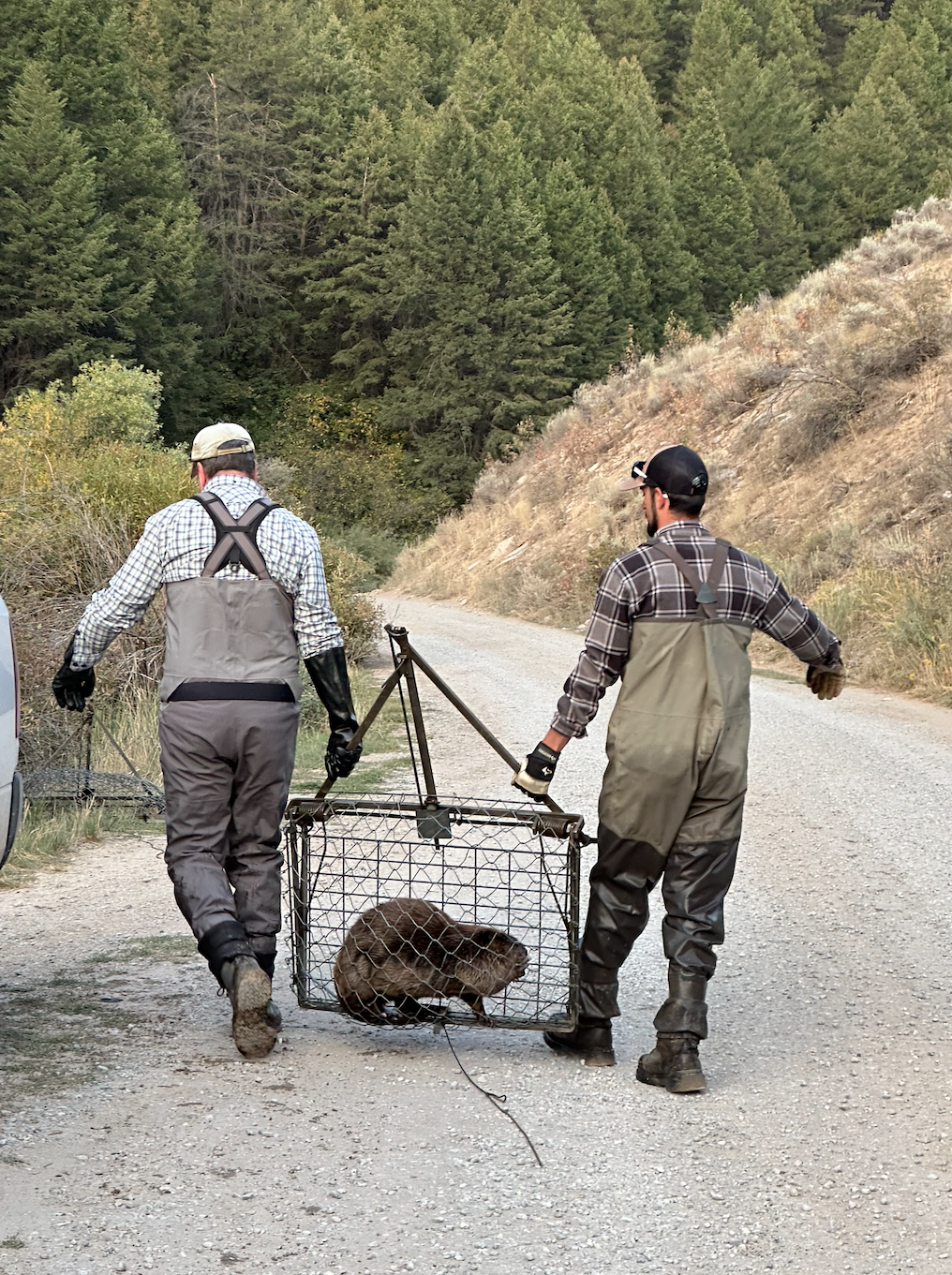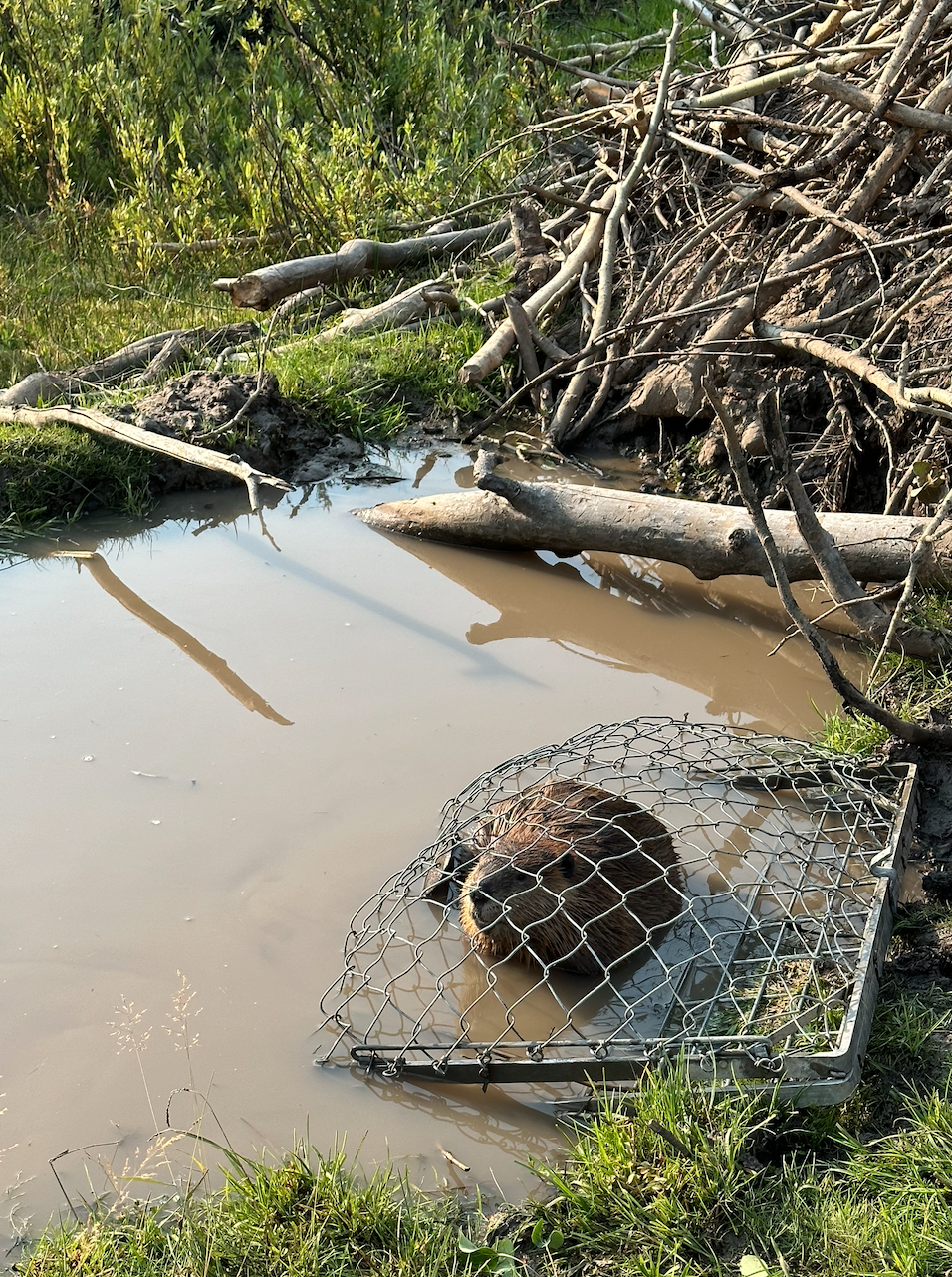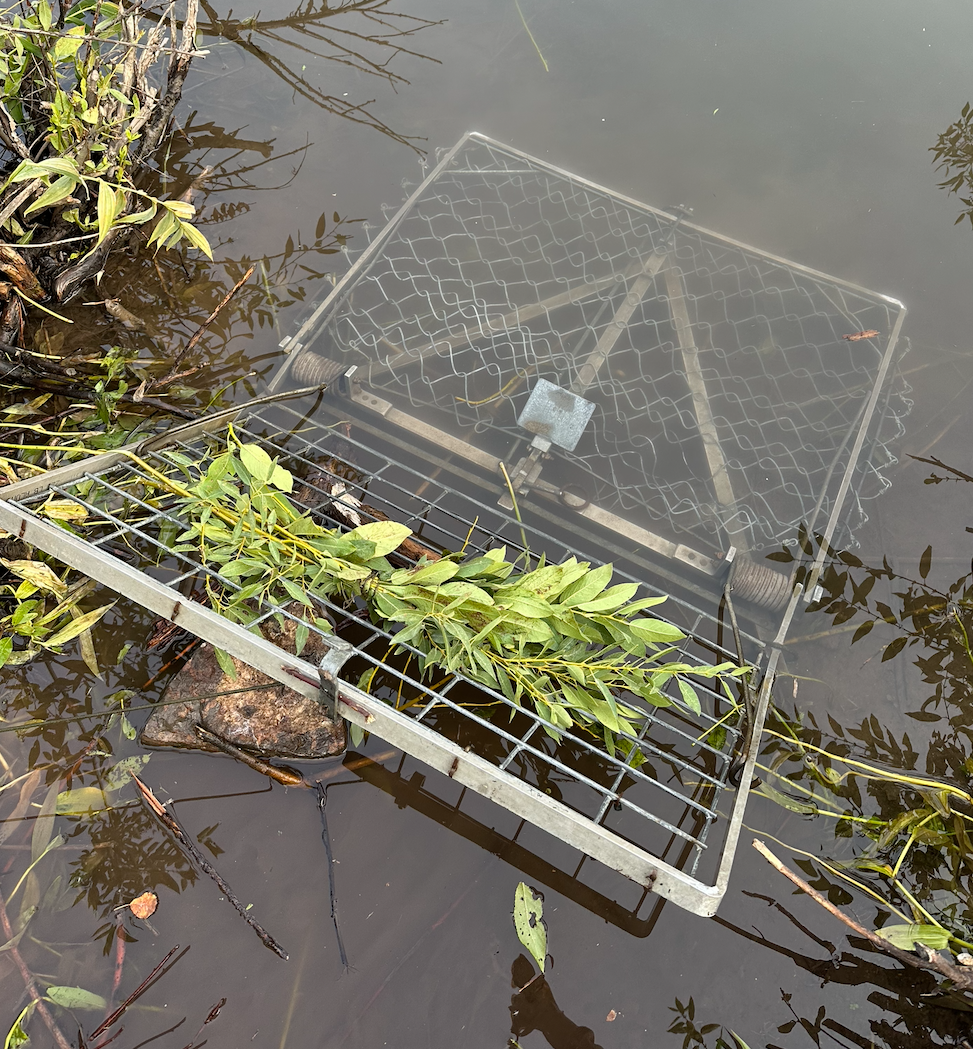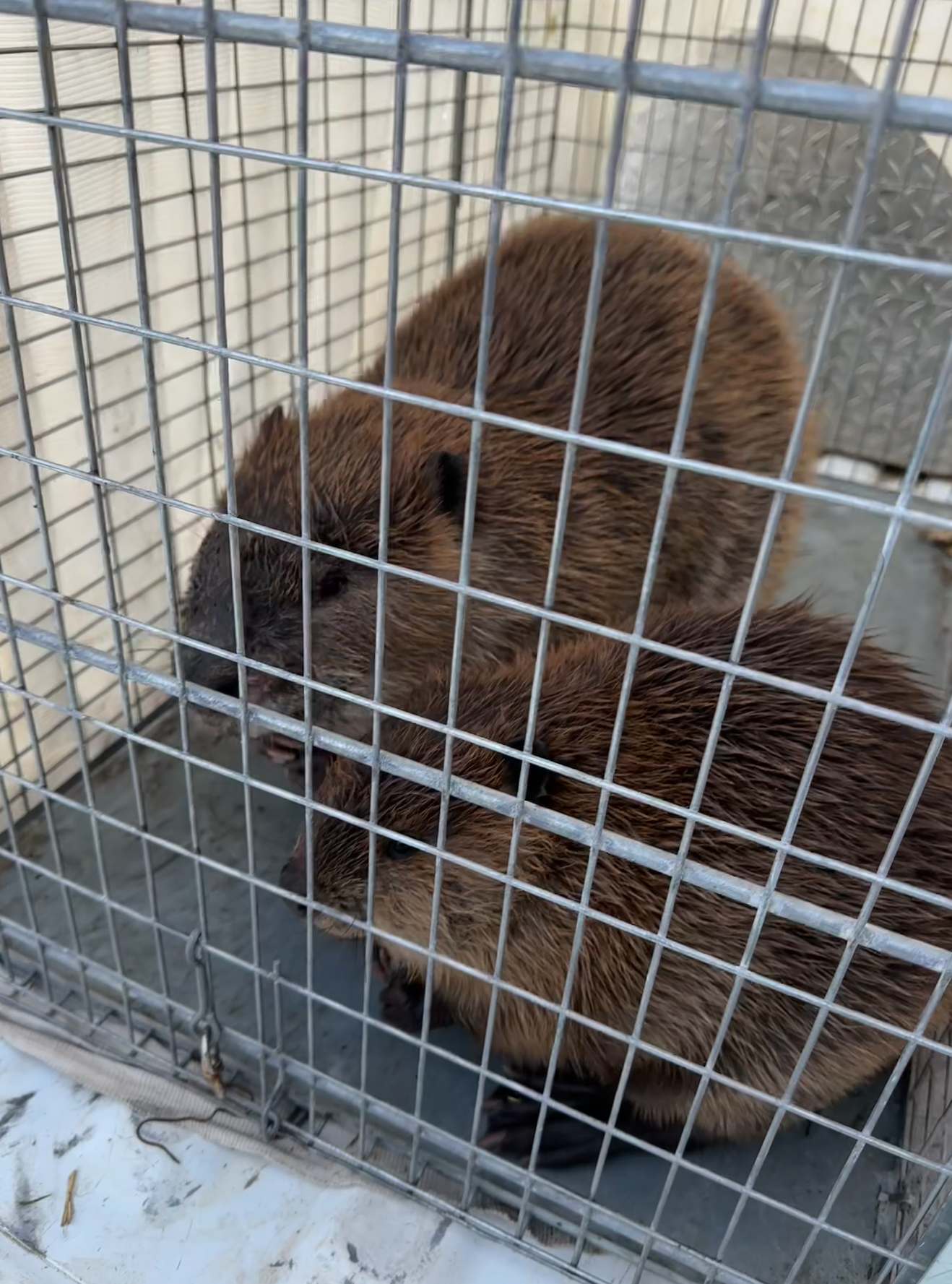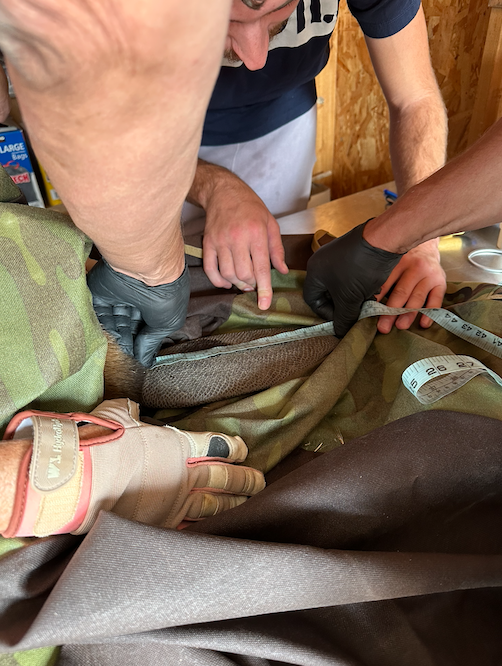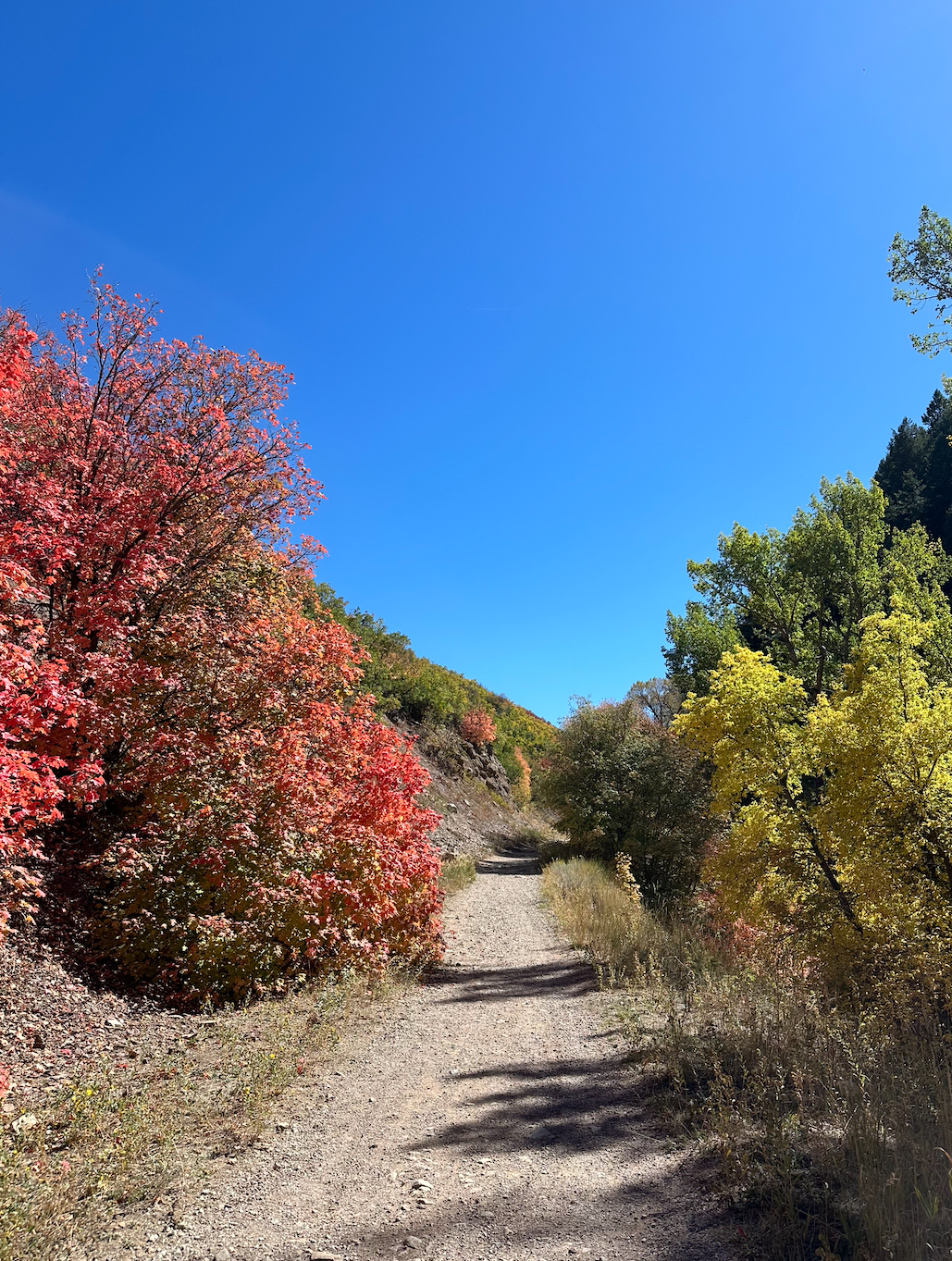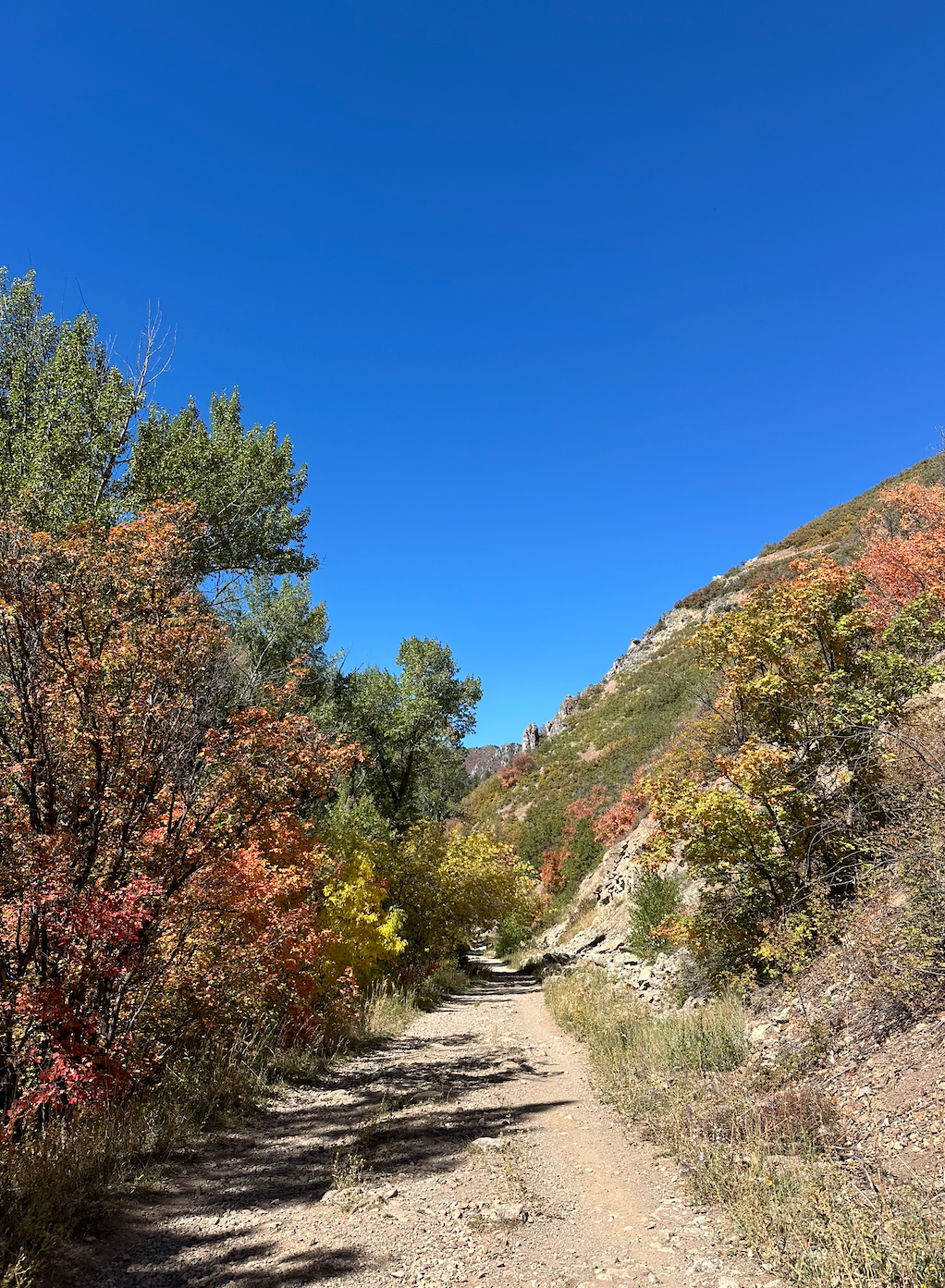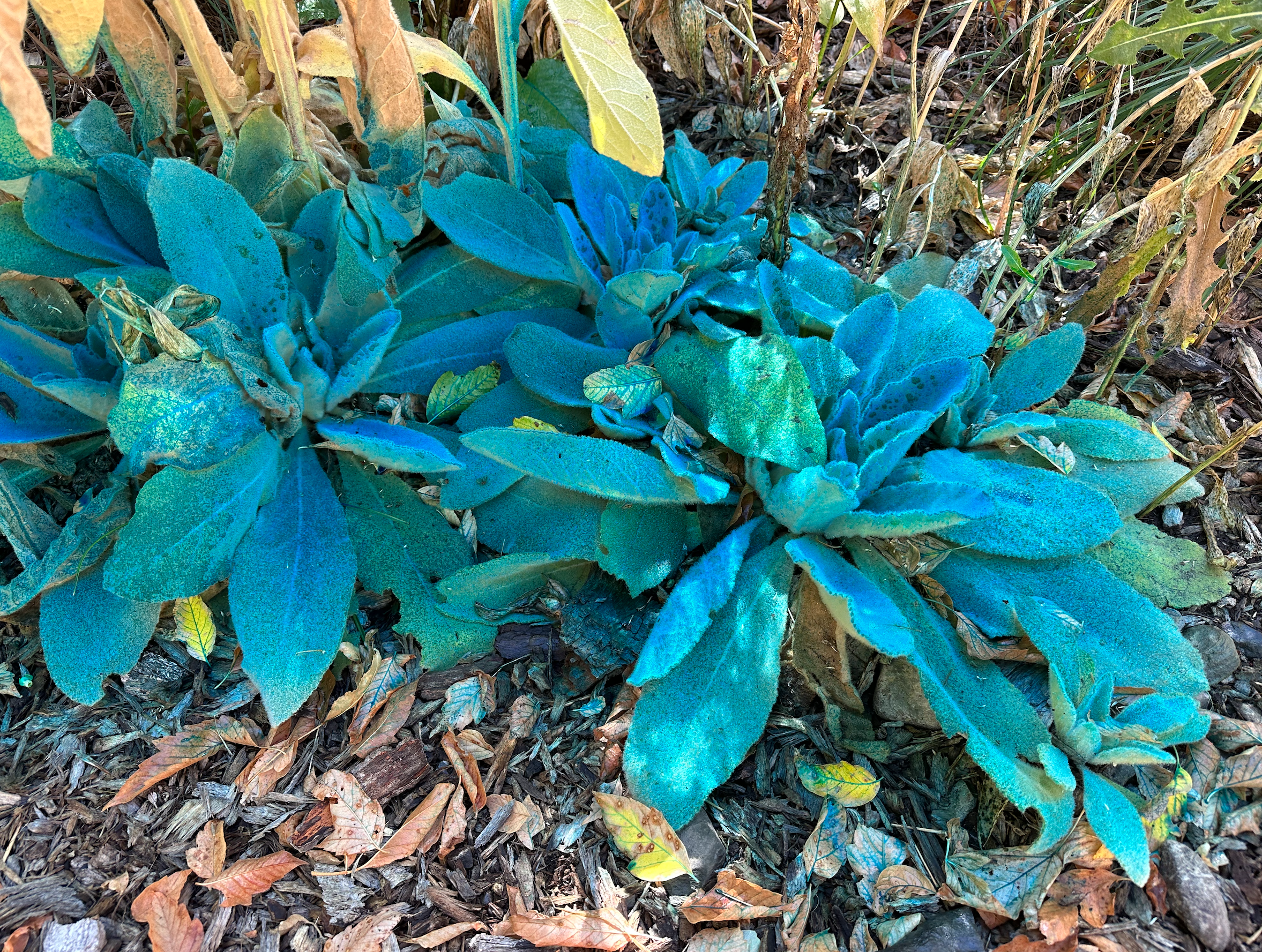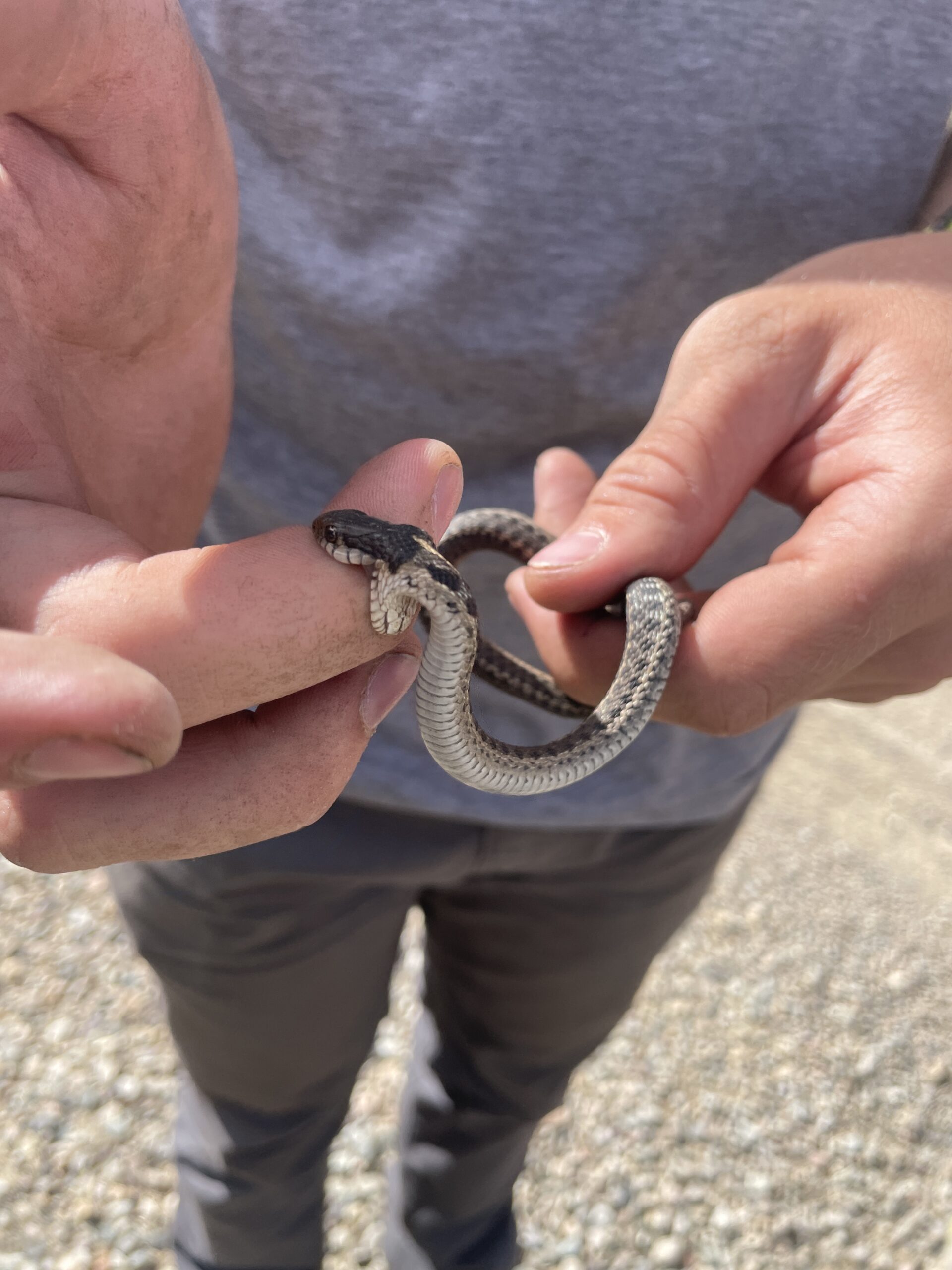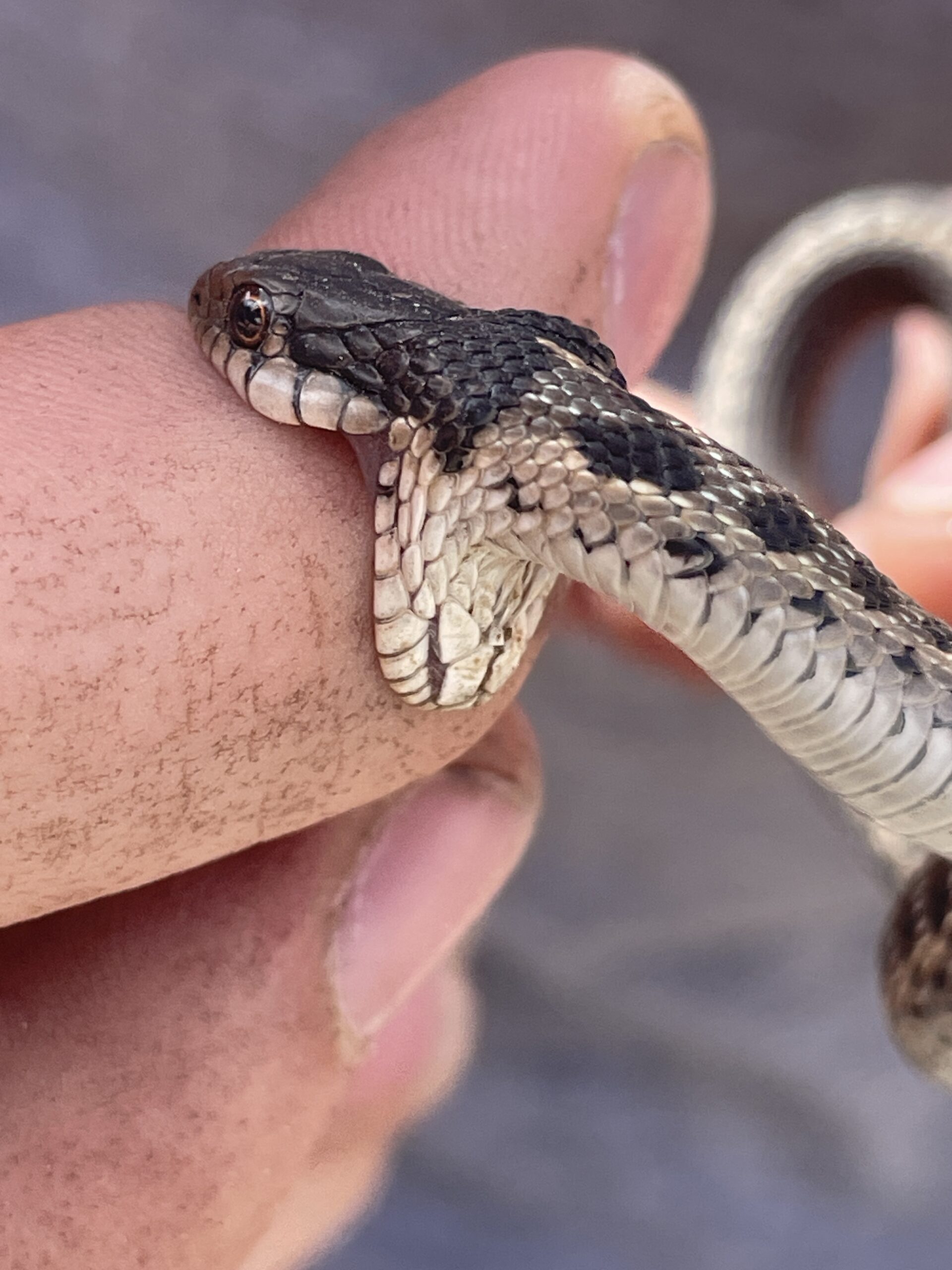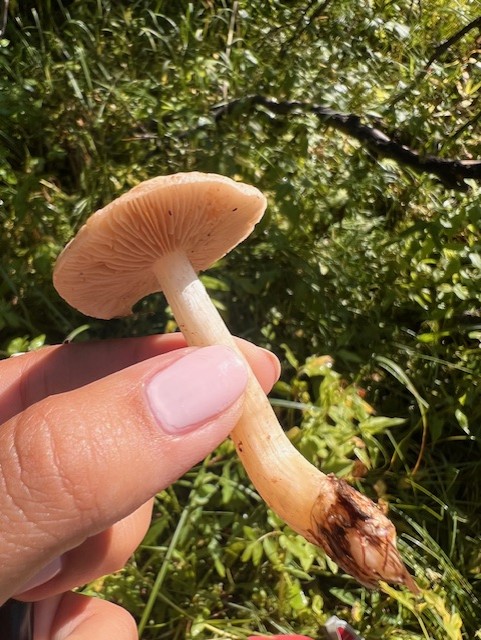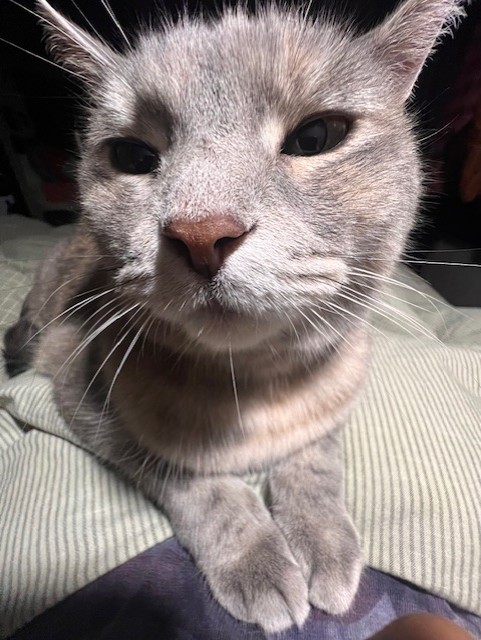Ladies and Gentleman of this CLM internship, this is Ella. Today, we will talk about a tragic event that happened this month. After traveling to the great state of Washington with my fellow CLM Interns, I returned with a shivering cold. Headache, runny nose, tummy ache, I had it all, and days before the backpacking trip that we had planned for months, none the less!! What’s a girl to do? I wanted to go backpacking, but my health had a different idea. So instead, I hunkered down and watched my friends Ash and Katie head off on their great backpacking adventure. The next few days, I was left alone to work in our cubicle with two empty chairs; it was lonely, so I made friends with the local Keurig that was left in the kitchen who so kindly made me tea in the morning.


After a Monday of loneliness had past, it was then Tuesday and I was feeling much better health-wise, but the loneliness of the cubicle was still there until an angel came down in the shape of a Phillip who asked me to help with fish surveys. Phillip could never fill the void I felt in the absence of Ash and Katie, but he would do for now. So with that, we ventured off to conduct fish surveys, I was in charge of the handy dandy notebook, writing down what fish Phillip saw as he bobbed his head in and out of the water, which can only be compared to a duck hunting down its next meal. As my duck friend and I moved to our next fish scouting location, we emerged upon a swift-moving current. Phillip, with his duck-like abilities, crossed the current with no problem. It was then my turn, and as I took a step, the world crumbled below me and I found the current taking me away. Water fills my waders, and my backpack becomes soaked with tears and water from the river. I accepted my fate and allowed the current to take me away. As I drifted away, I thought of all the things I was going to miss: Ash, Katie, that piece of cheesecake in the fridge I hadn’t eaten yet, Yung Gravy and his potential for a new album, Glee, the American flag, Dr. Pepper, fireplaces, dogs, sweet Hawaiian roles, colorful pens, ranch, stickers, babybels, bagels, french fries, fuzzy socks, Mountain Dew, musicals, Saint Patrick’s day, We Bare Bears, party hats, the color yellow, the cashiers at target who don’t scan the bottom of our grocery cart, olive garden, when the sky is pink, Washington lilies, cornflower, filling up my water bottle, Monica, Bonfire by Childish Gambino, Caesar from the planet of the apes, bad ape, French vanilla coffee creamer, subway, karaoke, Thanksgiving, the idea of living in a hallmark movie, the idea of a truck with two doggies in the back (see previous blog post), Jason Derulo, Ireland, flannel, non-dairy oat beverage, and my family. The thought gave me the courage I need to stand up in the 2 feet of water that I was in. Although I rose up, my hopes were down; I make my way through the water to a sunny spot to lie down. By then, it was lunchtime, so I took the opportunity to dry off. The rest of the day was uneventful so we headed back early due to me being soaked and Phillip peeing himself.



The next day is my day out with Tom (our district botanist who is awesome). We spread seed in a parking lot and drove around in the truck, and I desperately hoped the song Girls by The Dare doesn’t start playing from my playlist (it did not). We then ate fern roots and berries that tasted quite strange but not awful. Tom then compared himself to Old Man in the spring plant (Senico vulgaris), and we had a hoot the rest of the day.
Other adventures of the month included beaver surveys, more seed spreading, seed drop off, and of course most importantly Ash’s birthday!
